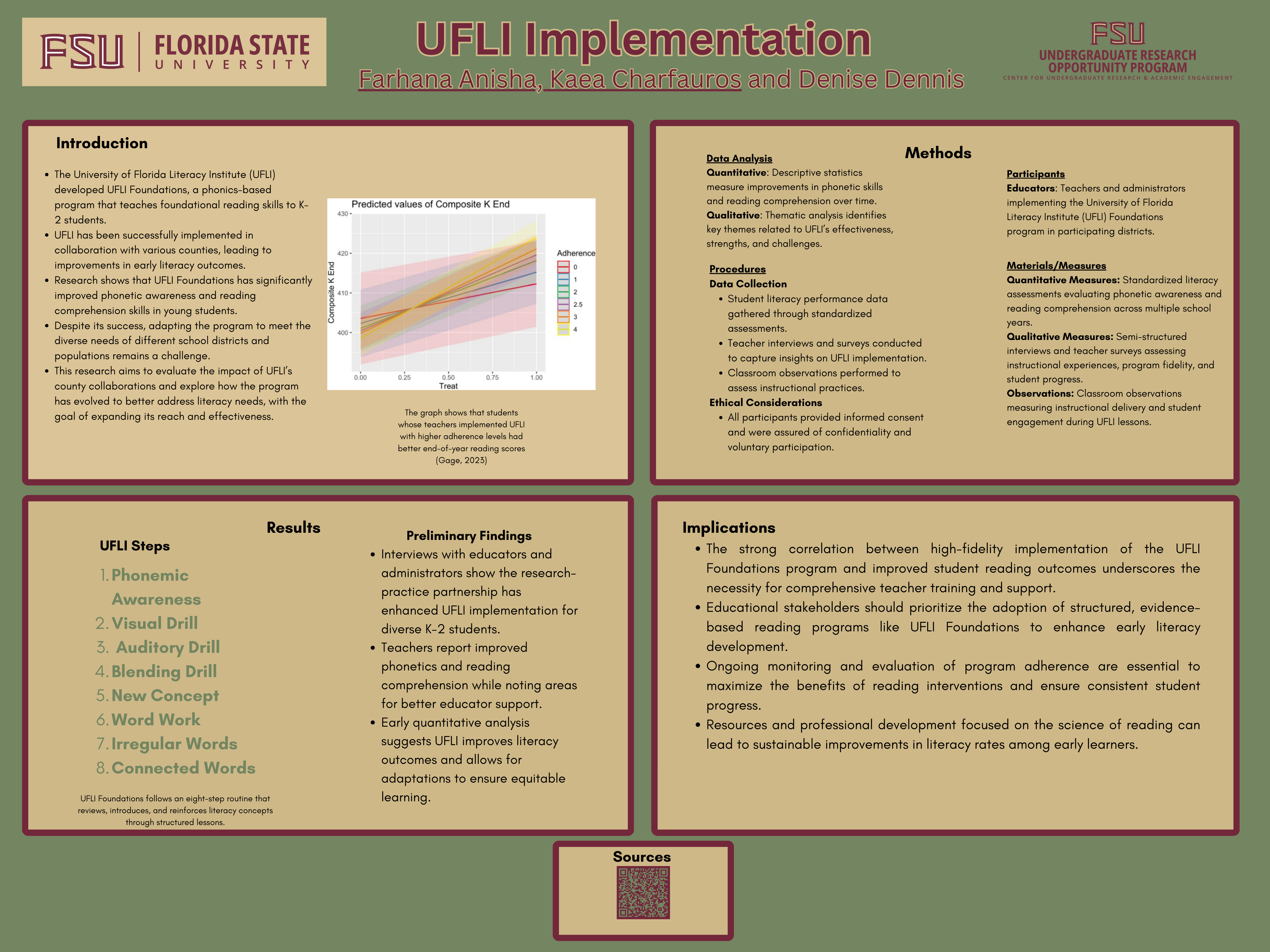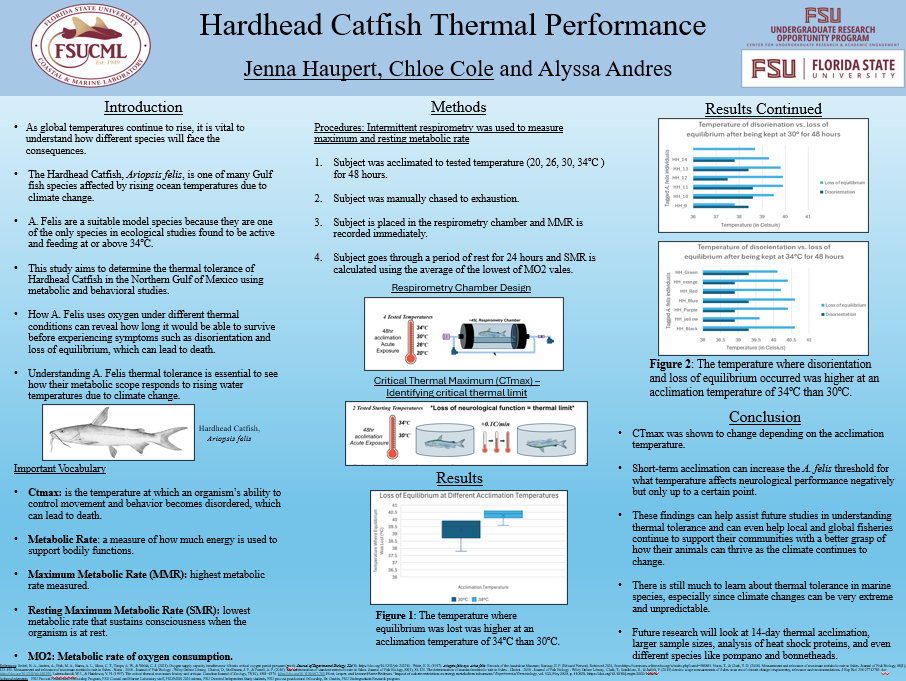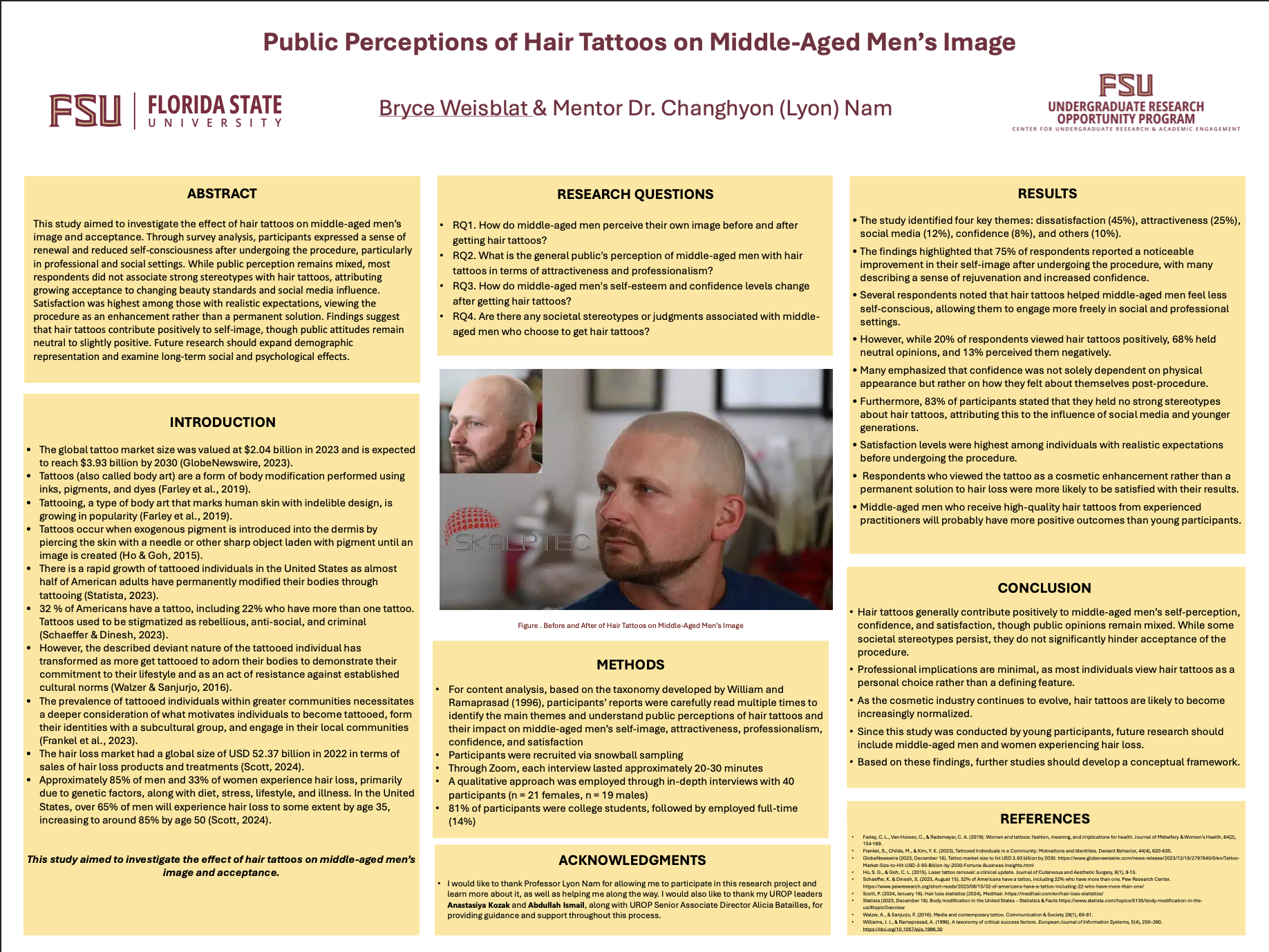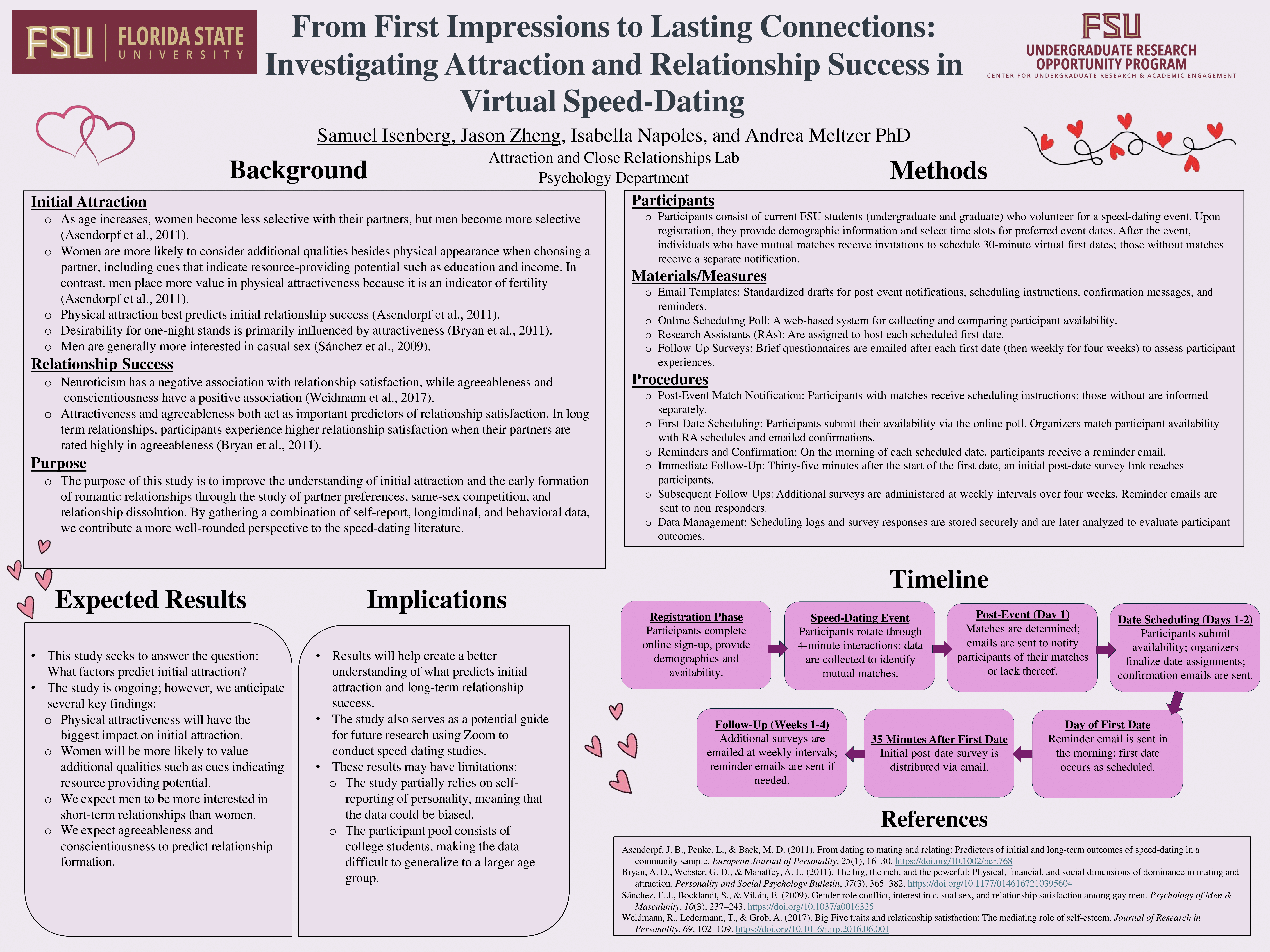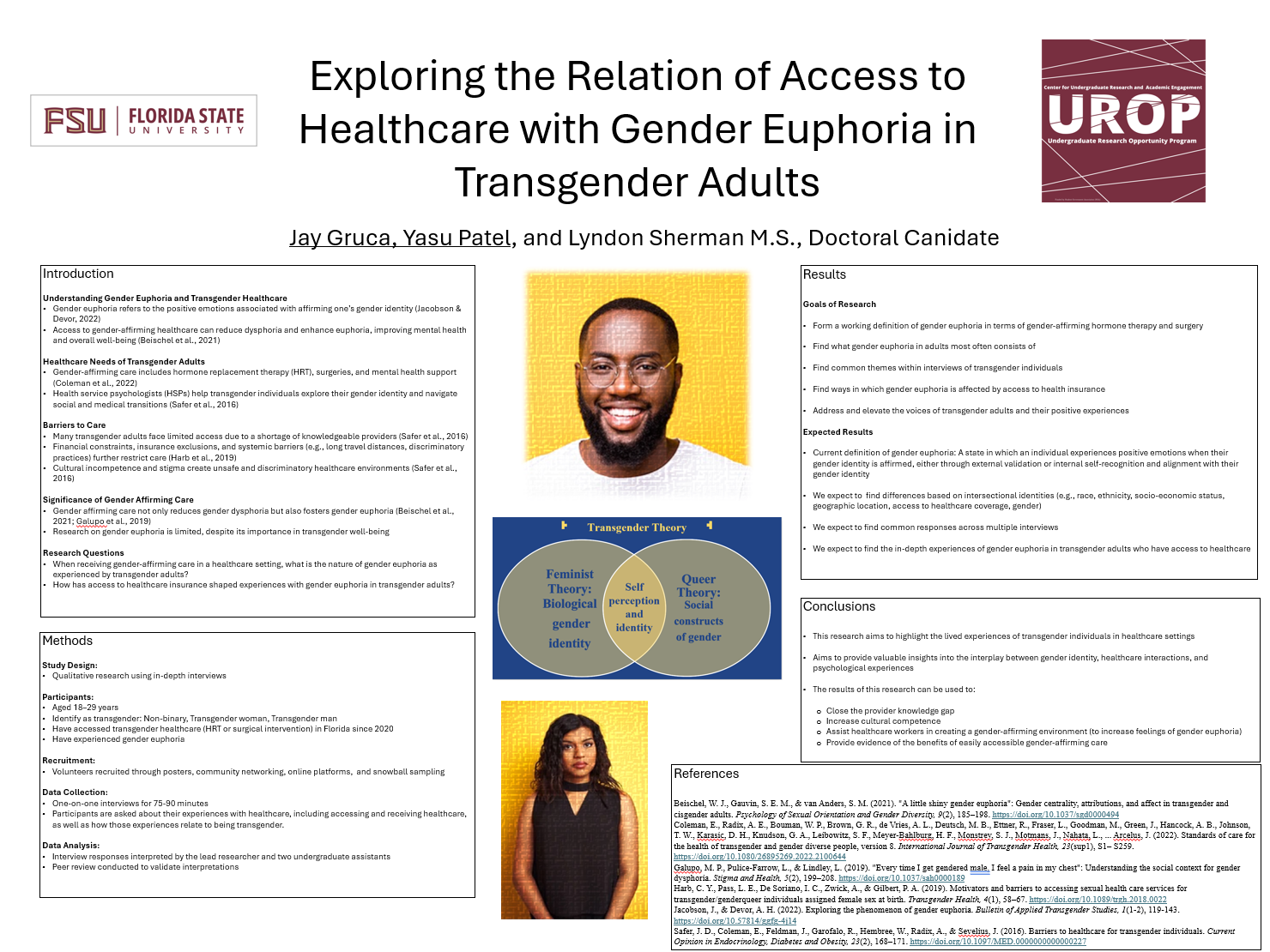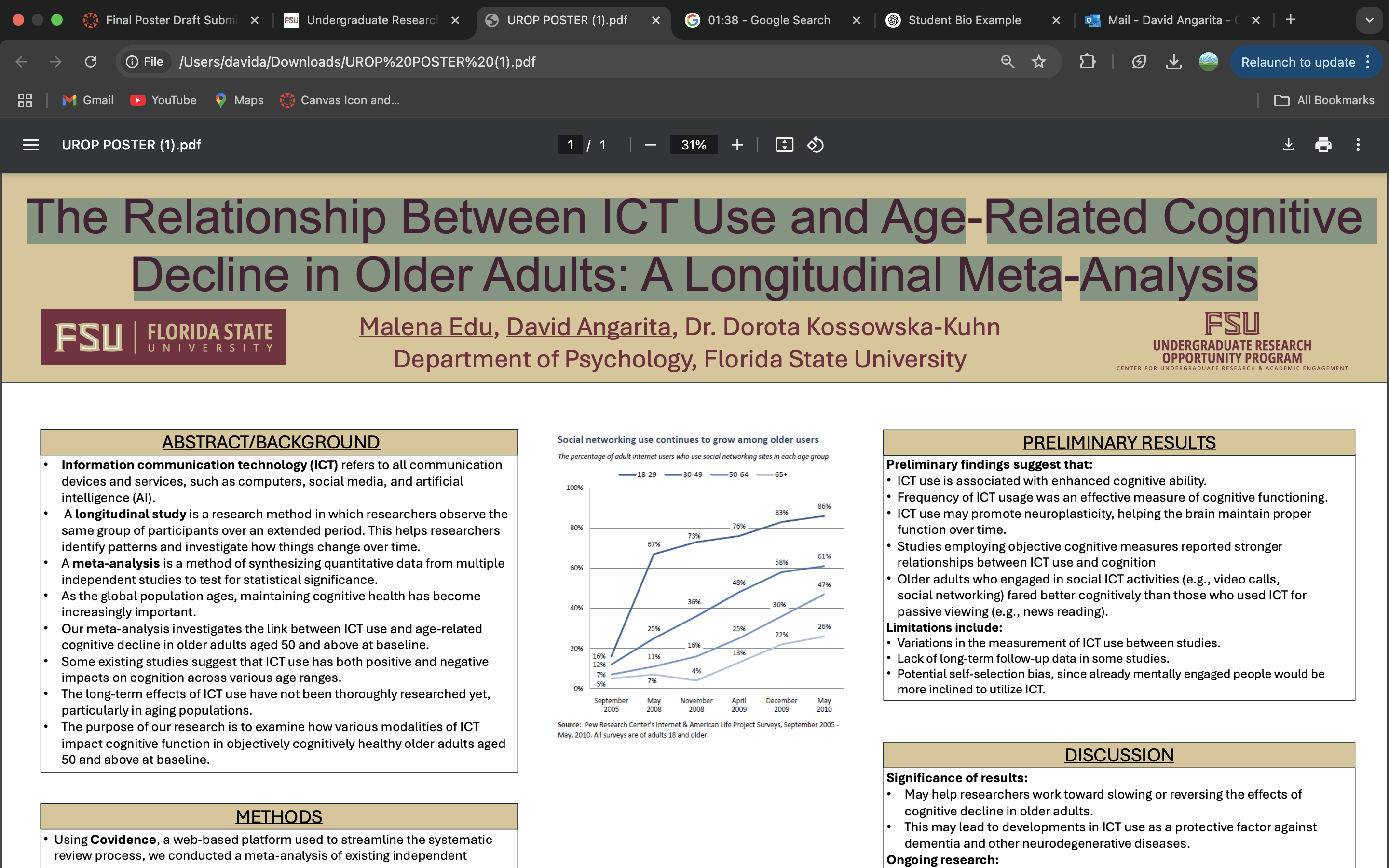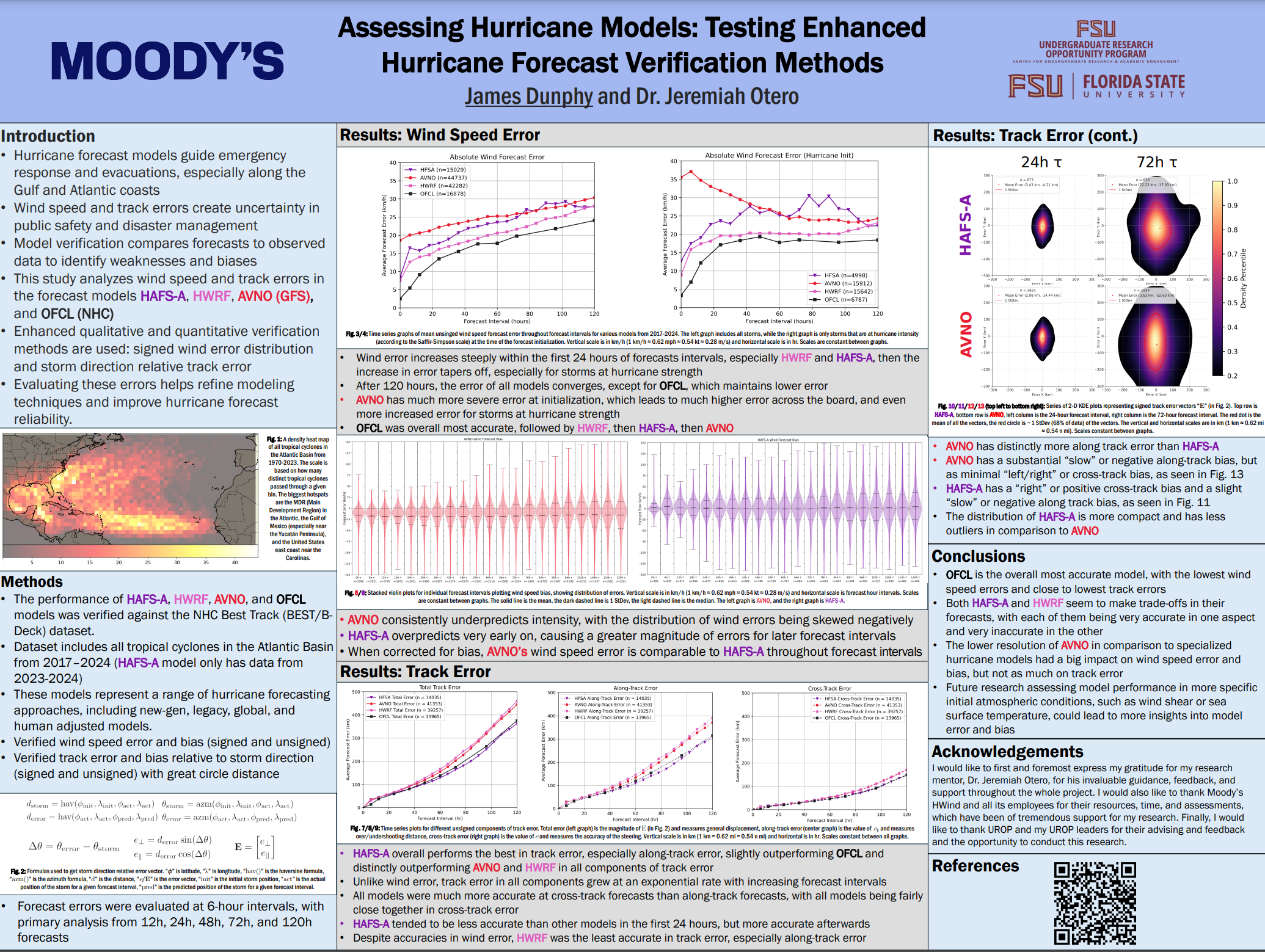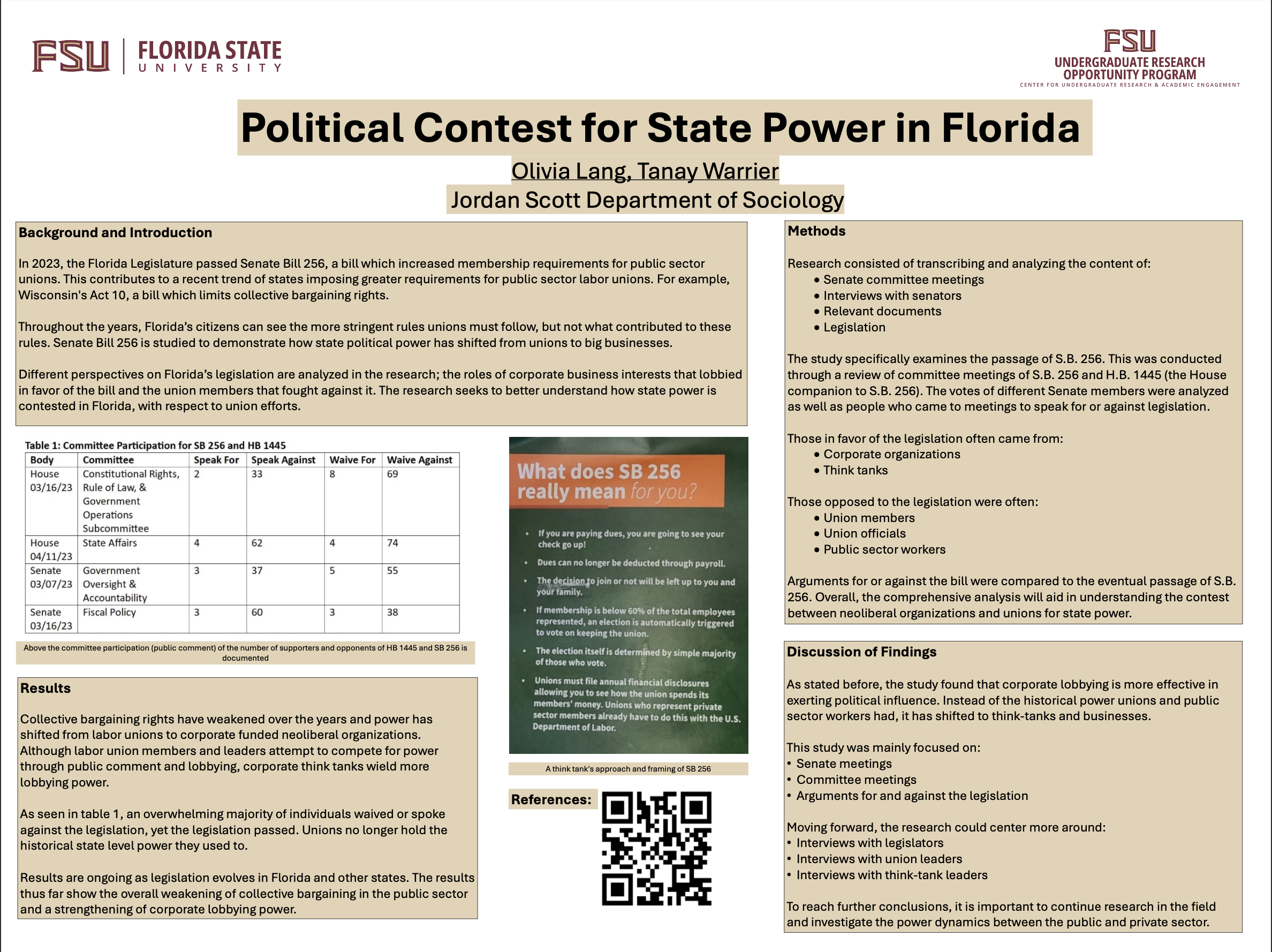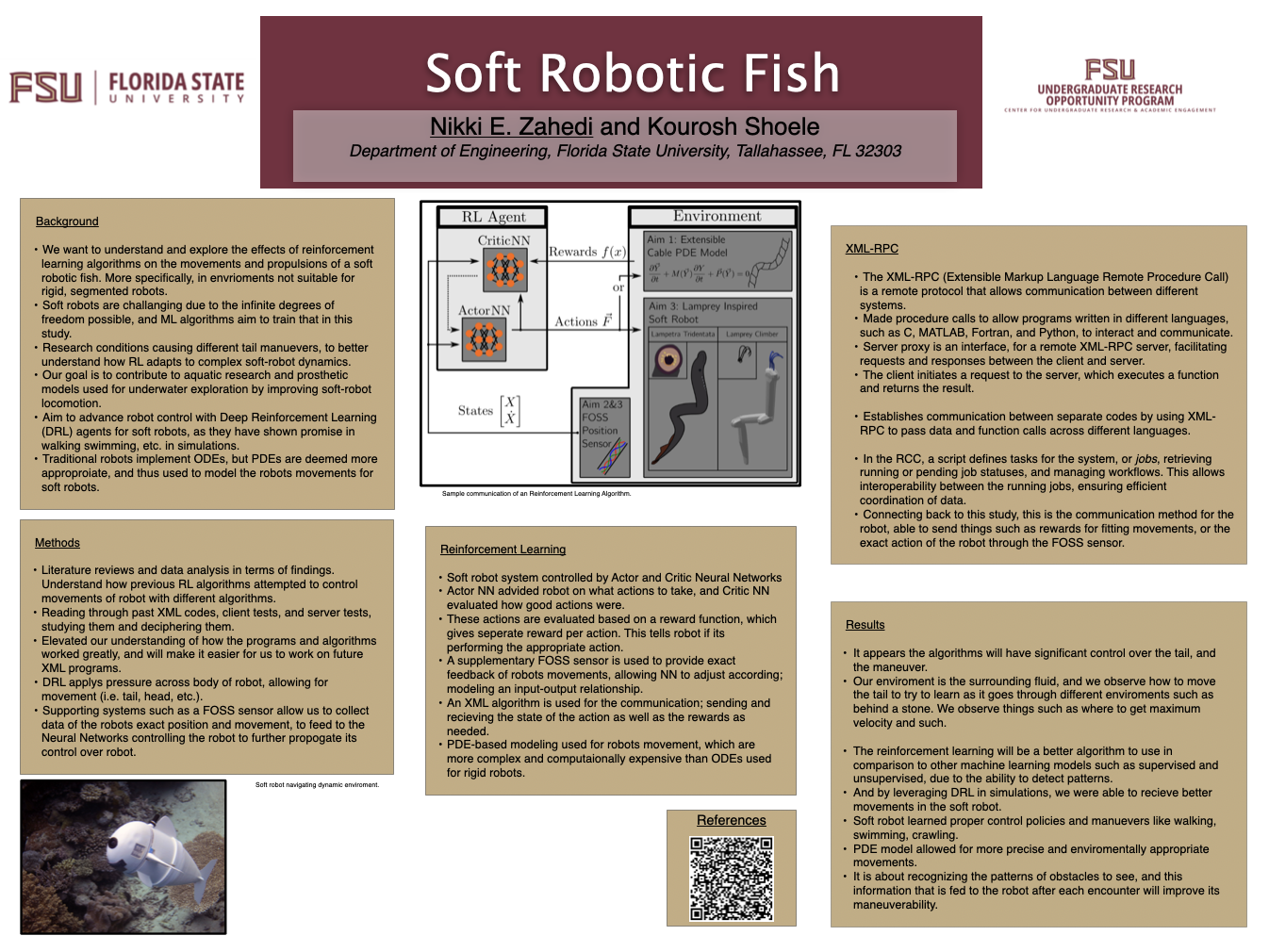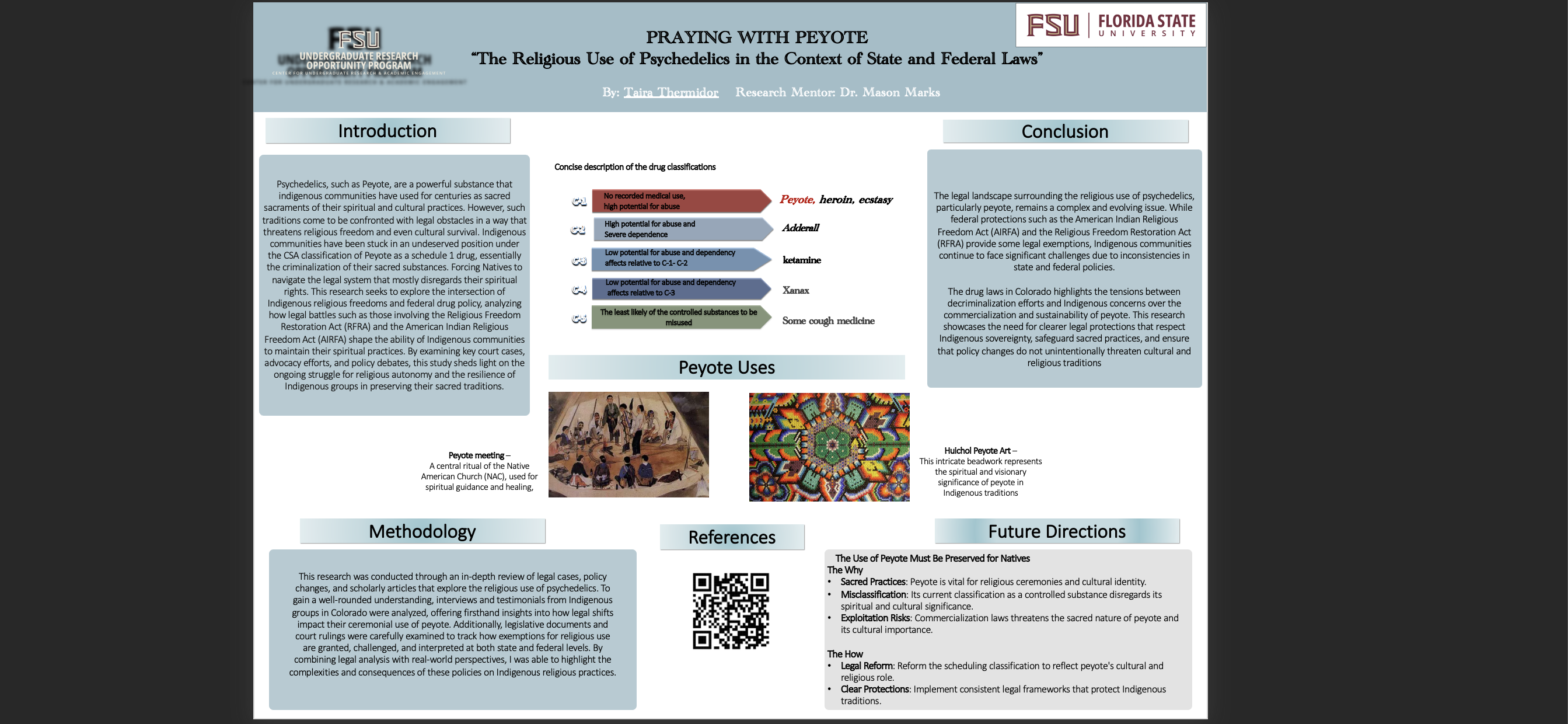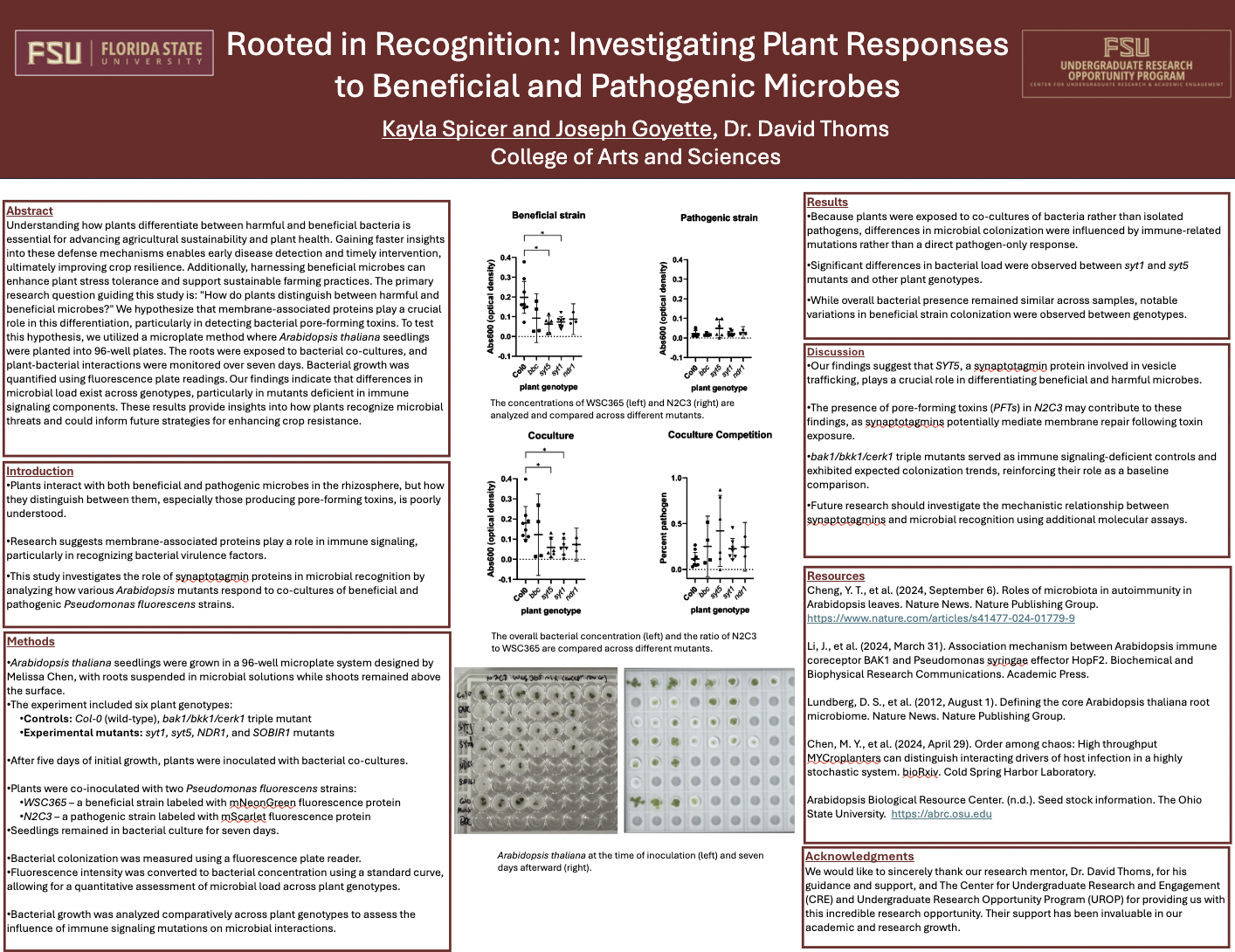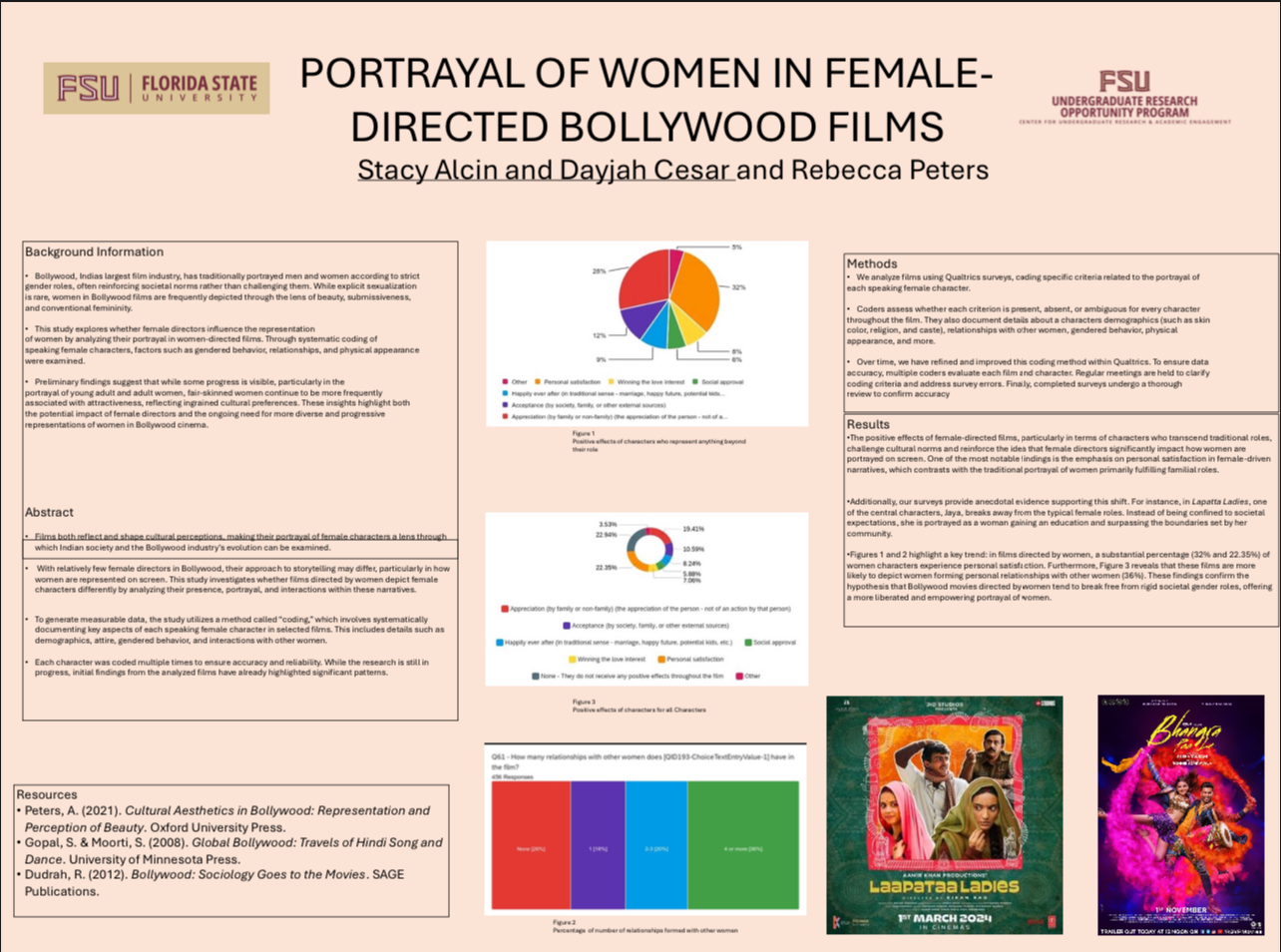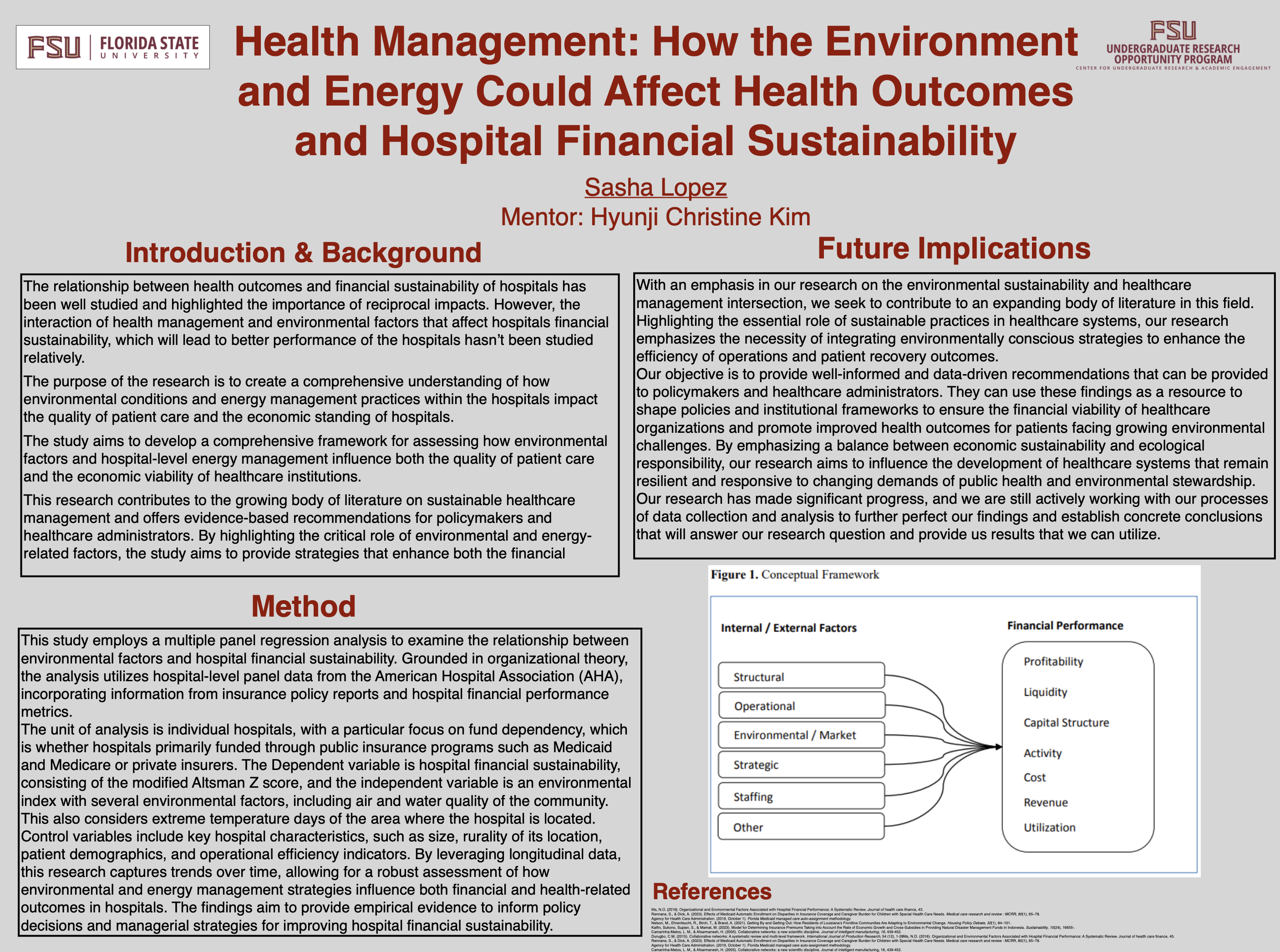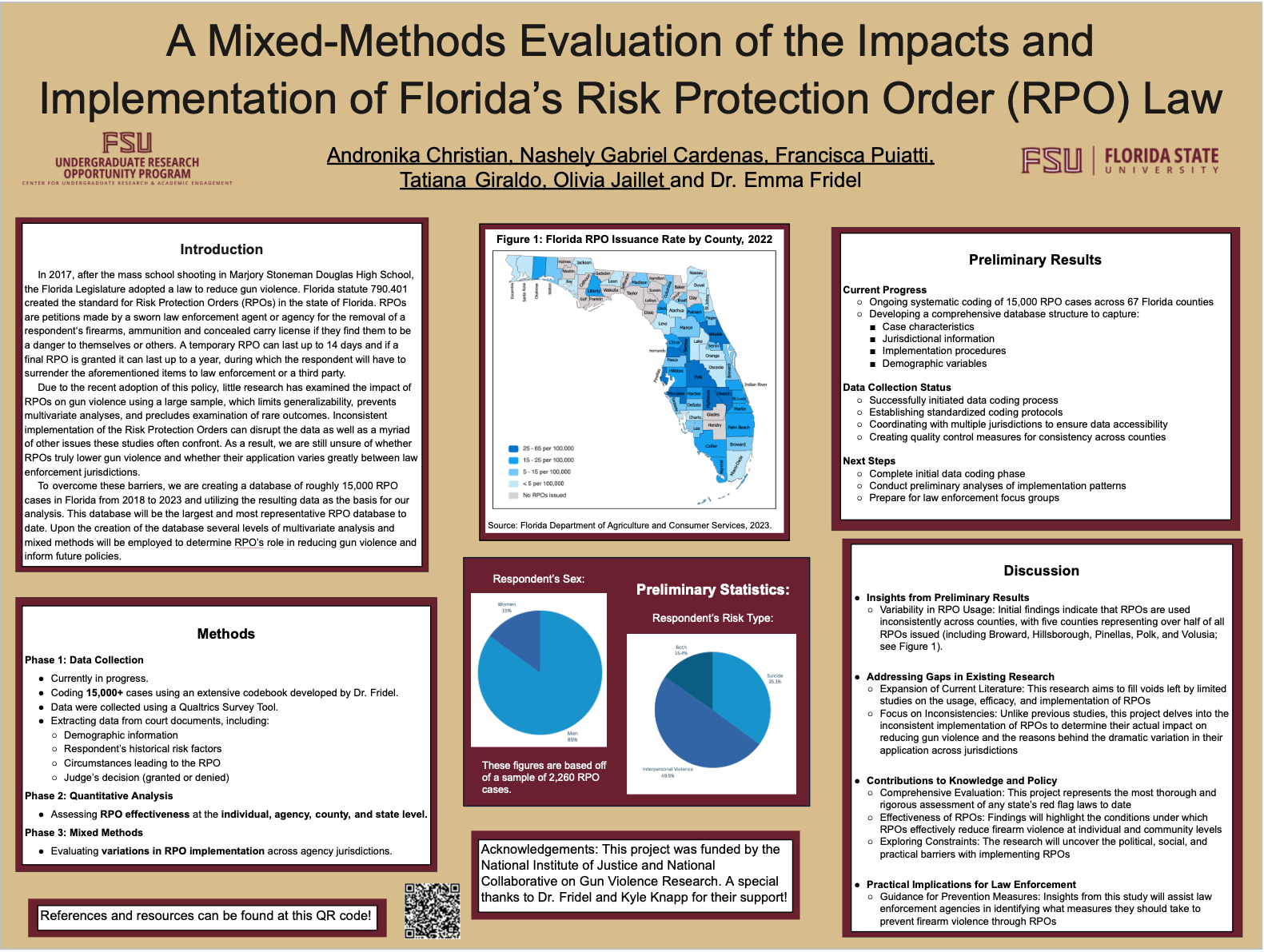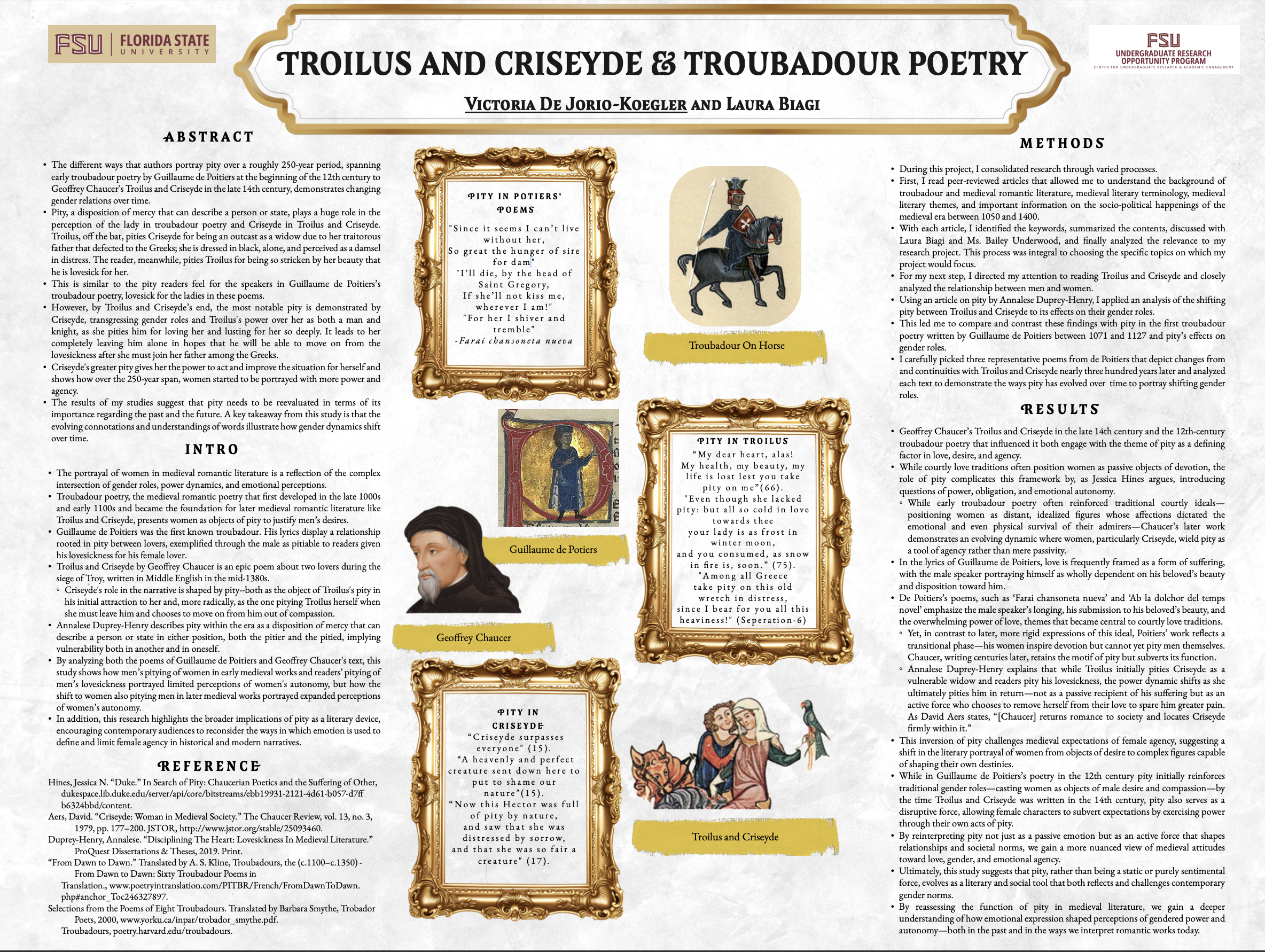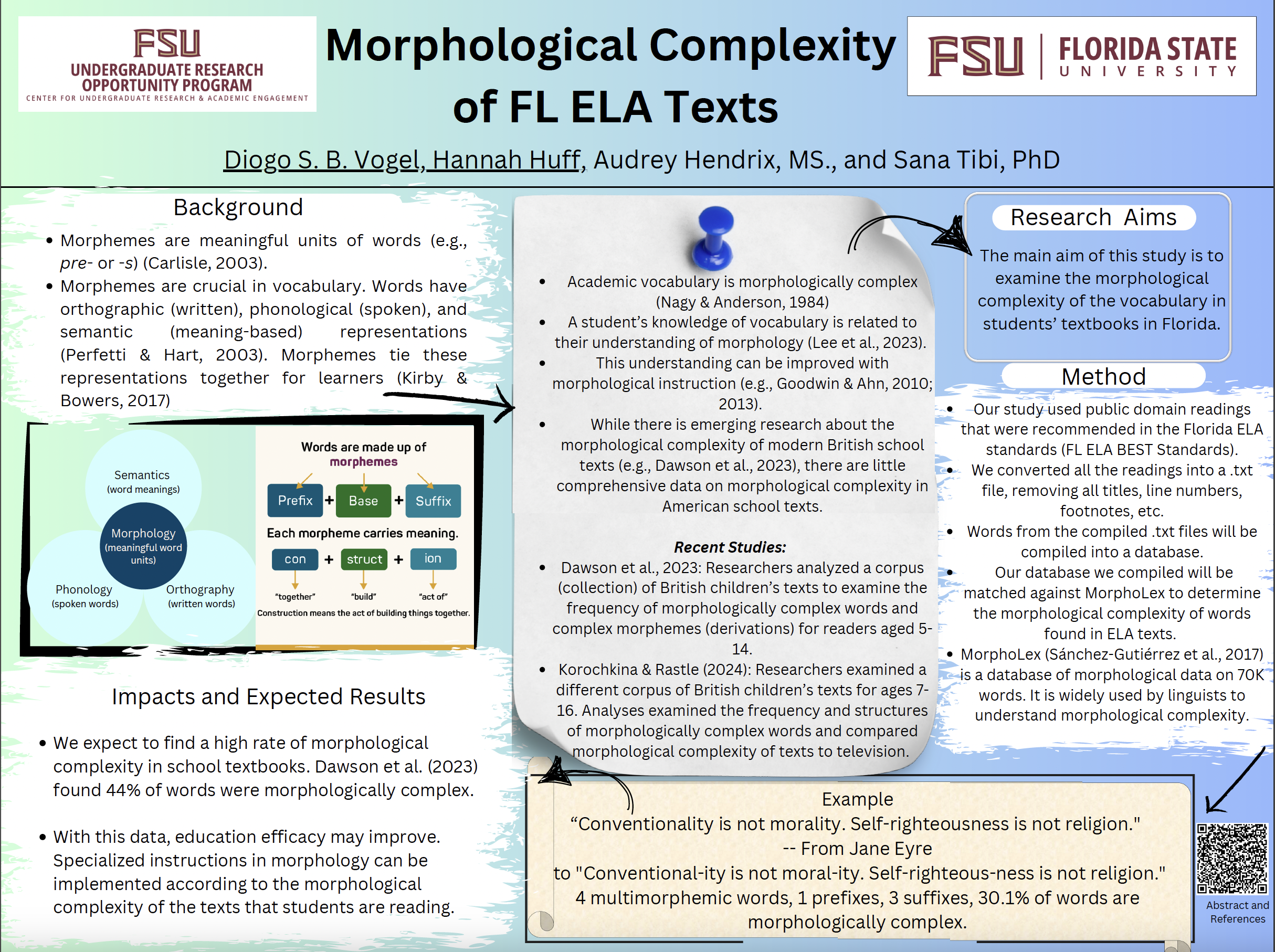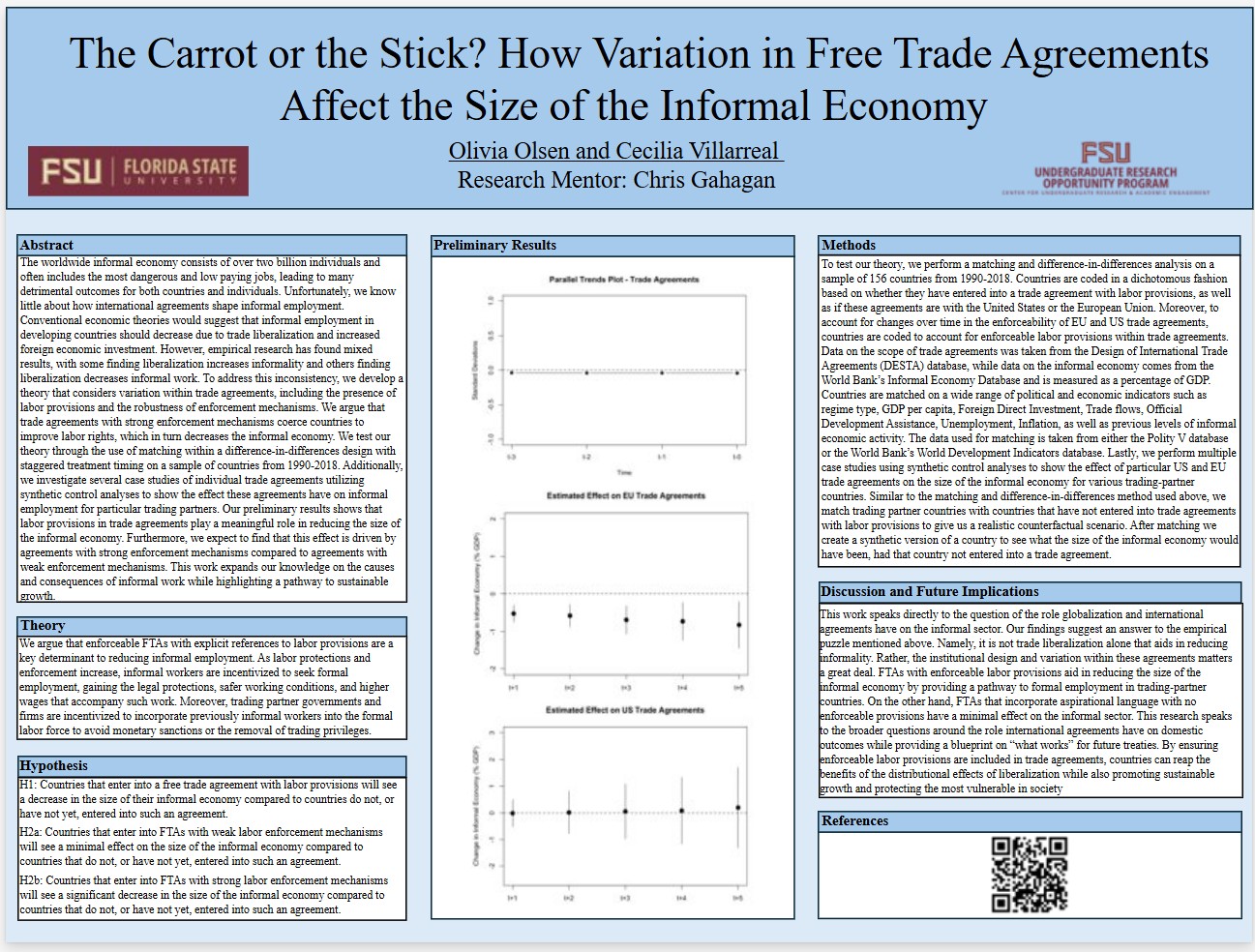Research Symposium
25th annual Undergraduate Research Symposium, April 1, 2025
kaea Charfauros Poster Session 2: 10:45 am - 11:45 am/ Poster #92

BIO
Kaea Charfauros is a second-year student in the College of Social Work and a Registered Behavior Technician. She plans to pursue her Master of Social Work (MSW) after graduation, with the goal of becoming a Licensed Clinical Social Worker (LCSW) specializing in child therapy.
Currently, Kaea conducts research under Dr. Denise Dennis, examining how local school districts support teachers in implementing the UFLI curriculum, a new English Language Arts program for elementary schools. She hopes to continue working with Dr. Dennis while also exploring further research in child psychology and neurodivergence.
UFLI Implementation
Authors: kaea Charfauros, Denise DennisStudent Major: Social Work
Mentor: Denise Dennis
Mentor's Department: Special Education Mentor's College: Psychology Co-Presenters: Farhana Anisha
Abstract
This study examines how the research-practice partnership between UFLI and local counties has impacted the implementation and adaptation of the UFLI early literacy program in elementary schools in grades K-2. This study is grounded in a mixed-methods approach, the research integrates quantitative analysis of literacy outcomes, such as improvements in phonetics and reading comprehension, with qualitative data from interviews with educators and administrators. Preliminary findings from qualitative interviews indicate how the UFLI program is utilized in classrooms. Educators report on improvements in student outcomes, specifically in phonetic skills and comprehension, while also identifying areas where the program could be further refined to better support teaching and learning. Quantitative methods are underway, aiming to provide additional insights into the program’s effectiveness and its adaptability across various school settings. The implications of this study highlight the need for ongoing collaboration and adaptations to improve the UFLI program. By assessing its success and identifying opportunities for improvement, this research aims to ensure that UFLI continues to provide effective, equitable, and accessible literacy instruction for all K-2 students, while supporting educators in navigating and implementing the program more seamlessly.
Keywords: UFLI, Psychology, Curriculums, Education
25th annual Undergraduate Research Symposium, April 1, 2025
Chloe Cole Poster Session 1: 9:30 am - 10:30 am / Poster #154

BIO
My name is Chloe Cole and I am an Environmental Science major with a longstanding passion for conservation. I plan use the knowledge I have gained on my project regarding the energetic performance of the Hardhead Catfish in my future career. My goal is to work in a field where I can advocate for and help protect a wide range of ecosystems, with a particular focus on coastal and marine habitats. I am involved in other environmental oriented groups on campus such as FAEP and ESP. I strive to make the most of my time here at Florida State University in order to ensure that my goals of habitat preservation and sustainability advocacy can be met, and to make a difference in the field of Environmental Science.
Hardhead Catfish Thermal Performance
Authors: Chloe Cole, Alyssa AndresStudent Major: Environmental Science
Mentor: Alyssa Andres
Mentor's Department: Florida State University Coastal and Marine Laboratory Mentor's College: Arts and Sciences Co-Presenters: Jenna Haupert
Abstract
The Hardhead Catfish (A. felis) is one of many Gulf Coast fish species that is subject to rising ocean temperatures as a result of climate change. Ariopsis felis is a bony fish species that is known to occupy habitats such as estuaries and other coastal regions. The Hardhead Catfish is known to demonstrate significant thermal tolerance in ecological surveys. One way to learn more about their thermal tolerance is to observe and quantify thermal tolerance and sensitivity. Subjects were exposed to two distinct thermal challenges; exhaustive exercise and CTmax (critical thermal maximum) trials across a range of acclimation temperatures (20, 26, 30, 34 °C). Using respirometry to determine oxygen consumption from resting to maximum energy, we were able to calculate aerobic energetic scope (AS) and how this measure of energy budget changes. Additionally, behavioral observations like disorientation and loss of equilibrium occur under increasing temperature allowing us to determine a critical limiting upper temperature where survival is compromised. All metabolic rates in A. felis increase with temperature at different rates, owing to different temperature sensitivity across activity and lead to changes in aerobic scope with increased temperature. Further, through our experimental observations we found that while the Hardhead Catfish may be tolerant of high temperatures, rising average temperatures and the increasing presence of marine heatwaves will likely alter population energy budgets, that may influence movement, viable habitat, and habitat use. This research can be used to add predictability to species and ecosystem dynamics models in an era of climate change.
Keywords: Fish, Temperature, Energy
25th annual Undergraduate Research Symposium, April 1, 2025
Bryce Weisblat Poster Session 3: 1:45 pm - 2:45 pm/ Poster #52
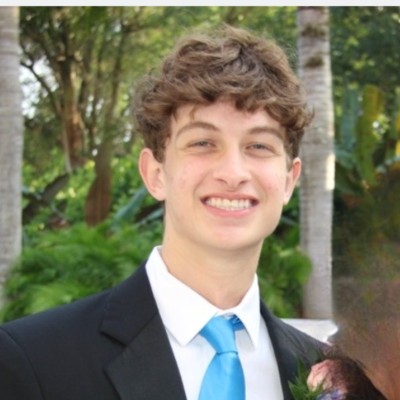
BIO
My name is Bryce Weisblat, I am currently a freshman pursuing a B.S in applied math at Florida State University. For my career goals, I would like to break into investment banking and private equity and so far throughout my freshman year I have had the privilege of being apart of some great programs such as Presidential Scholars and UROP. In addition to these programs I have also been working at FSU Hillel as a service engagement intern which has been an amazing experience.
Public Perceptions of Hair Tattoos on Middle-Aged Men's Image
Authors: Bryce Weisblat, Lyon NamStudent Major: Applied Mathematics
Mentor: Lyon Nam
Mentor's Department: Research & Teaching Mentor's College: Jim Moran College of Entrepreneurship Co-Presenters:
Abstract
This study aimed to investigate the effect of hair tattoos on middle-aged men’s image and acceptance. Through survey analysis, participants expressed a sense of renewal and reduced self-consciousness after undergoing the procedure, particularly in professional and social settings. While public perception remains mixed, most respondents did not associate strong stereotypes with hair tattoos, attributing growing acceptance to changing beauty standards and social media influence. Satisfaction was highest among those with realistic expectations, viewing the procedure as an enhancement rather than a permanent solution. Findings suggest that hair tattoos contribute positively to self-image, though public attitudes remain neutral to slightly positive. Future research should expand demographic representation and examine long-term social and psychological effects.
Keywords: Hair, Tattoos
25th annual Undergraduate Research Symposium, April 1, 2025
Amaya Morene Poster Session 4: 3:00 pm - 4:00 pm/ Poster #14

BIO
Amaya Morene is an undergraduate student at FSU majoring in Anthropology and International Affairs. Some of her research interests are looking at how different cultures interact with each other, telling stories through digital media, African diaspora war, and ethnography. On FSU's campus, she is involved in Presidential Scholars, Anthropology Society, NAACP, Alliance for Black Women, and the Sunrise Movement. After completing her degree, she would like to pursue a career in Documentary Film/Photography on cultures worldwide or in Artifact Repatriation.
Beneath the Oaks: The Story of Evergreen Plantation
Authors: Amaya Morene, Dr. Jayur MehtaStudent Major: Anthropology & International Affairs
Mentor: Dr. Jayur Mehta
Mentor's Department: Anthropology Mentor's College: Arts & Sciences Co-Presenters:
Abstract
The Evergreen Plantation Archaeological Survey is an ongoing project,
excavating the Evergreen Plantation, in Edgard, Louisiana. Headed by Dr.
Jayur Mehta, the mission of the archaeological survey is to gain a deeper
understanding of the lives of people living and working on the plantation
pre-, post-, and during slavery. Painting clearer pictures of the past can
further inform us of our shared history as a country, giving us time to reflect
on what we have done and where we are going.
My research methods consisted of using previously gathered footage from
Evergreen’s field schools to construct a documentary. My secondary role was
shadowing a graduate student, Isaac Jordan, cataloging artifacts found on the
plantation. I was tasked with categorizing and taking note of their
characteristics for later analysis.
The result is a 3-minute documentary that details the history of the
plantation, the importance of excavations done today, and the artifacts found
throughout the survey. With this video, we want to expose our audience to
the history that lives within the plantation as well as encourage them to
explore their own communities to discover the past that surrounds them.
Our results suggest that the people who lived in these cabins didn’t have
access to some basic necessities, but they found ways to endure. Fragments
of cups, buttons sewn onto shirts, and medicine bottles add humanity to
history and are evidence of the community built through the hardships of
that era. Overall, this project will provide insight into our shared past.
Keywords: Archaeology, Plantation, Documentary
25th annual Undergraduate Research Symposium, April 1, 2025
Jason Zheng Poster Session 2: 10:45 am - 11:45 am/ Poster #148
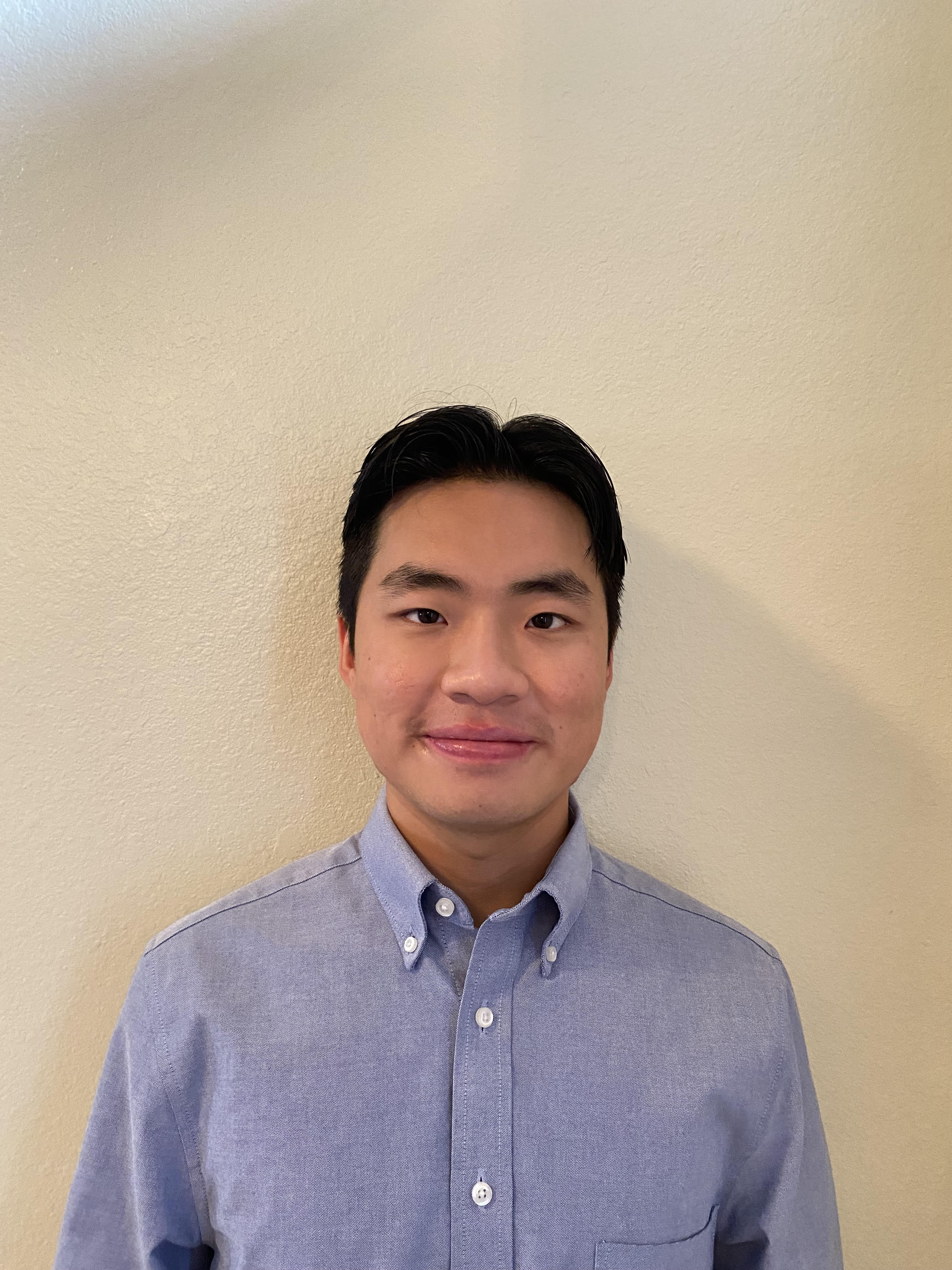
BIO
Hi! My name is Jason Zheng, and I was born and raised in Tallahassee, Florida. I’m currently a freshman majoring in Psychology while pursuing the pre-Physician Assistant track. Although I plan to work primarily on the clinical side, I believe research forms the foundation of all healthcare knowledge. By engaging in every stage—from conducting studies to applying evidence-based practices—I hope to become a well-rounded and effective medical provider.
From First Impressions to Lasting Connections: Investigating Attraction and Relationship Success in Virtual Speed-Dating
Authors: Jason Zheng, Dr. Andrea MeltzerStudent Major: Psychology
Mentor: Dr. Andrea Meltzer
Mentor's Department: Psychology Mentor's College: College of Arts and Sciences Co-Presenters: Samuel Isenberg
Abstract
Attraction and relationship success are shaped by various psychological and social factors, yet understanding what fosters lasting connections remains an open question. This study examines predictors of initial attraction, relationship maintenance, and long-term success in romantic connections. Additionally, it provides a structured guide for conducting virtual speed-dating research, offering insights for both scholars studying relationships and individuals navigating modern dating. Participants first complete an eligibility survey before being scheduled for a virtual speed-dating event. Prior to the event, they take a pre-event survey assessing a range of psychological traits, including attachment style, Big Five personality traits, and sociosexuality. During the event, they engage in multiple speed dates via Zoom, recording their preferences in real time. Matches proceed to a 30-minute virtual first date within a week, followed by optional in-person meetings. For the next four weeks, participants complete weekly follow-up surveys for each match, tracking relationship progression, maintenance, or dissolution over time. Though the study is ongoing, by collecting longitudinal data, this study aims to refine our understanding of what fosters lasting romantic connections. As virtual dating becomes increasingly prevalent, understanding how attraction develops and relationships evolve in digital spaces is crucial. This research contributes to relationship science while offering practical insights for those seeking meaningful connections in a fast-changing dating landscape.
Keywords: Virtual Speed-Dating, Attraction, Relationship Success, Physical Appearance, Age
25th annual Undergraduate Research Symposium, April 1, 2025
Yasu Patel Poster Session 3: 1:45 pm - 2:45 pm/ Poster #275

BIO
I am Yasu Patel, a Cell & Molecular Neuroscience student at Florida State University, Class of 2028. I came here from Needham, Massachusetts and have a strong interest in exploring as many facets of neuroscience as I can. I’m particularly fascinated by research on affective neuroscience and the cellular mechanisms behind cognition. Beyond academics, I enjoy diving into thought-provoking discussions with my friends over a good board game.
Exploring the Relation of Access to Healthcare with Gender Euphoria in Transgender Adults
Authors: Yasu Patel, Lyndon ShermanStudent Major: Cell & Molecular Neuroscience
Mentor: Lyndon Sherman
Mentor's Department: Psychology Mentor's College: Arts and Sciences Co-Presenters: Jay Gruca
Abstract
Despite increase accessibility to gender-affirming care for transgender individuals, there is insufficient research on the population’s unique needs. Current studies highlight the positive mental health impacts on transgender adults when healthcare providers promote gender euphoria (Beischel et. al, 2021). The term gender euphoria is positive feelings experienced in relation to one's true gender (Jacobson & Devor, 2022). For transgender adults these feelings may be experience through gender-affirming healthcare such as hormone replacement therapy and surgical interventions (Coleman et. al, 2022). This study aims to explore the relation of gender euphoria in transgender adults between the ages of 18-29 when receiving gender-affirming care in Florida. A qualitative phenomenological approach will be implemented to analyze the data. Snowball sampling will be employed to recruit 6 to ten participants. Interviews will be conducted via HIPAA-compliant Zoom. The aim of this study is to assess the phenomenon of gender euphoria for transgender adults in access to healthcare through addressing two research questions: “When receiving gender-affirming care in a healthcare setting, what is the nature of gender euphoria as experienced by transgender adults in Florida?” and “How do barriers to healthcare insurance (e.g., insurance, discrimination) shape experiences with gender euphoria in transgender adults?” Data will be coded into themes informing the study findings. This research will provide healthcare psychologist with interventions to increase feelings of gender euphoria for clients who are transgender. Further research is needed to better understand the prevalence of gender euphoria in transgender adult from various populations.
Keywords: Healthcare, transgender, accessibility, wellness
25th annual Undergraduate Research Symposium, April 1, 2025
David Angarita Poster Session 4: 3:00 pm - 4:00 pm/ Poster #148
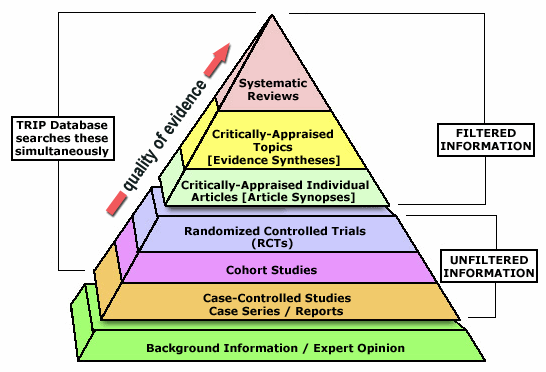
BIO
Hello! My name is David Angarita, and I am currently studying Biology on the pre-med track. I am passionate about healthcare and doing research in relation to deeper neurological understandings. I am detail-oriented, compassionate, and dedicated to making a positive impact.
The Relationship Between ICT Use and Age-Related Cognitive Decline in Older Adults: A Longitudinal Meta-Analysis
Authors: David Angarita, Dorota Kossowska-KuhnStudent Major: Biology
Mentor: Dorota Kossowska-Kuhn
Mentor's Department: Department of Psychology Mentor's College: College of Arts and Science Co-Presenters: Malena Edu
Abstract
As the global population ages, maintaining cognitive health is becoming increasingly important. This study explores the link between information communication technology (ICT) use and age-related cognitive decline in cognitively healthy older adults aged 50 and above. While some research suggests ICT use may improve cognition, there is no clear consensus on its long-term effects. To better understand this relationship, we conducted a meta-analysis of longitudinal studies that track ICT use and cognitive function over time. Using Covidence software, we systematically reviewed existing research, extracted key data, and performed statistical analyses to identify trends. Although our analysis is still ongoing, early results suggest that ICT use is associated with better cognitive function in older adults. These findings indicate that technology could play a role in supporting cognitive health as people age. However, more research is necessary to confirm this connection and determine whether ICT engagement could be a practical way to slow or prevent age-related cognitive decline. As technology continues to shape daily life, understanding its impact on aging and brain health could have significant implications for public health and future aging populations.
Keywords: ICT Longitudinal use, meta-analysis
25th annual Undergraduate Research Symposium, April 1, 2025
James Dunphy Poster Session 4: 3:00 pm - 4:00 pm/ Poster #108
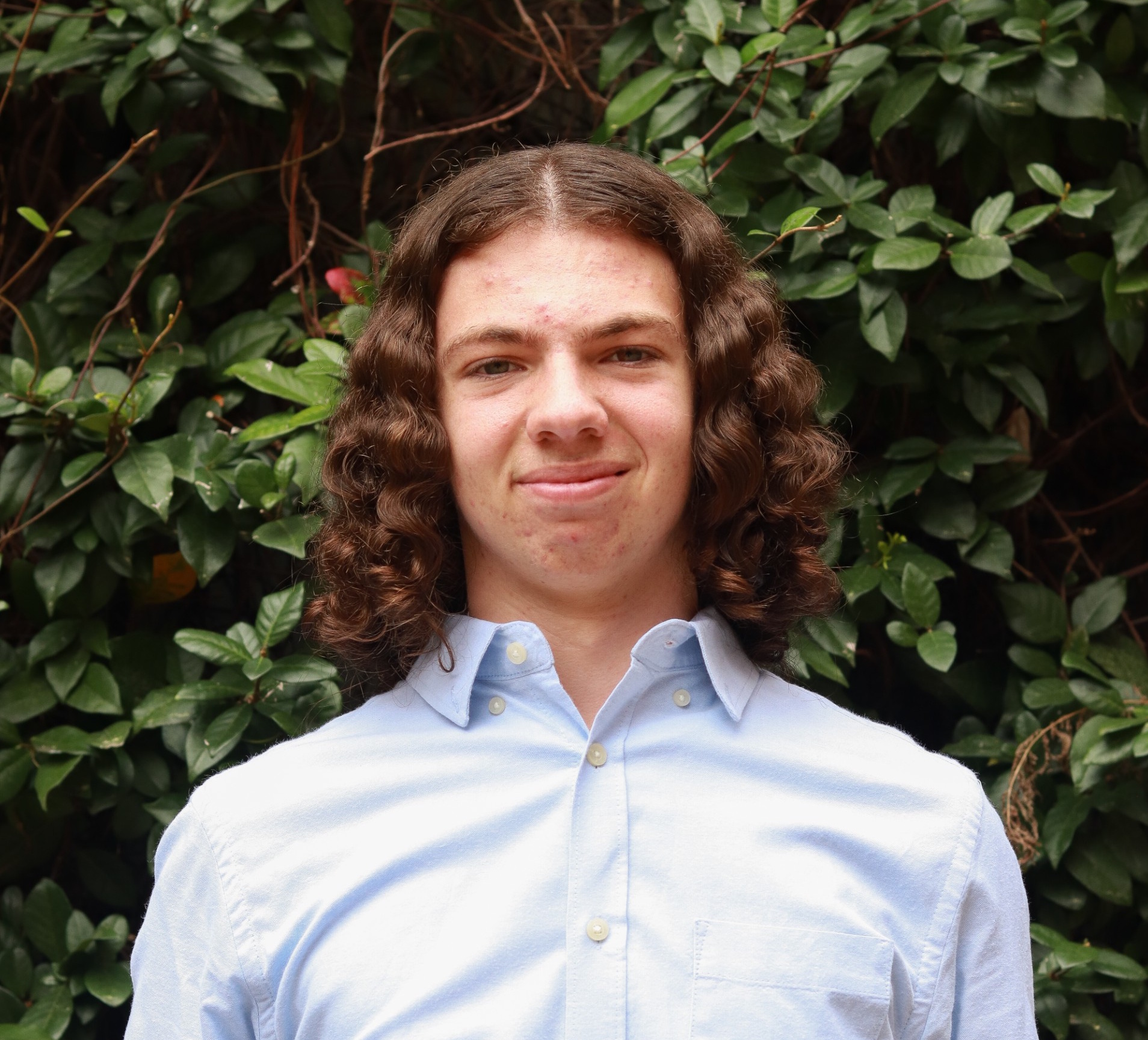
BIO
James Dunphy is a freshman Presidential Scholar at Florida State University, majoring in Meteorology and Computational Science. Originally from Tampa, FL, he is passionate about advancing hurricane forecast modeling, particularly in the Atlantic basin. His research experience includes an internship with Moody’s RMS H-Wind and ongoing opportunities at Florida State, where he has applied his skills in Python programming and data analysis to hurricane model verification. James plans to pursue a Ph.D. in Meteorology with the goal of contributing to the field through academia or a role in the government sector. Outside of academics, he co-directs a youth orchestra in Tampa that performs during the holidays.
Assessing Hurricane Models: Testing Enhanced Hurricane Forecast Verification Methods
Authors: James Dunphy, Jeremiah OteroStudent Major: Meteorology and Computational Science
Mentor: Jeremiah Otero
Mentor's Department: N/A Mentor's College: N/A (Moody's HWind) Co-Presenters:
Abstract
Accurate hurricane forecasts are essential for public safety and disaster preparedness. This research evaluates the performance of forecast models, including HAFS-A (Hurricane Analysis and Forecast System), ANVO (a.k.a. GFS, Global Forecast System), HWRF (Hurricane Weather Research and Forecasting Modeling System), and OFCL (a.k.a. NHC, National Hurricane Center Forecasts), from 2017-2024, analyzing wind speed and storm direction predictions. The datasets used include NOAA’s (National Oceanic and Atmospheric Administration) A-deck and B-deck archives, which contain historical hurricane forecast model outputs and observed hurricane positions, respectively. Using this, relative and absolute wind speed errors were examined at 6-hour forecast intervals along the entire lifespan of tropical cyclones from 2017–2024. Additionally, track error was analyzed relative to storm direction. As a result, biases in overshooting/undershooting distance and steering can be diagnosed separately.
Results show that wind speed error grew rapidly in the first 24 hours, then tapered off at a stable rate of increase afterward. High-resolution legacy and human adjusted models, such as HWRF and OFCL, had lower wind error, but after 120 hours, the error of all the models converged. Newer generation and human adjusted models, such as HAFS-A and OFCL, consistently had the lowest magnitude of track error. All models tended to have higher speed error than directional error, and all models tended to undershoot storm speed. These findings provide valuable insights into comparisons of different model performance over time. Understanding error trends will help in refining hurricane prediction techniques, ultimately enhancing emergency preparedness and response strategies.
Keywords: Meteorology, Hurricanes, Forecast Verification
25th annual Undergraduate Research Symposium, April 1, 2025
Tanay Warrier Poster Session 4: 3:00 pm - 4:00 pm/ Poster #203

BIO
I am a first-year student from Boca Raton, Florida. I am currently pursuing a dual-degree in political science and philosophy with a minor in religion. My interests are in political philosophy and American politics.
Political Contest for State Power in Florida
Authors: Tanay Warrier, Jordan ScottStudent Major: Political Science and Philosophy
Mentor: Jordan Scott
Mentor's Department: Sociology Mentor's College: College of Social Sciences and Public Policy Co-Presenters: Olivia Lang
Abstract
The study examines whether labor unions or big businesses hold more political influence. In 2023, the Florida Legislature passed Senate Bill 256, a bill which increased membership requirements for public-sector unions. This contributes to a recent trend of states imposing greater requirements for public-sector labor unions. For example, Wisconsin's Act 10, a bill which limits collective bargaining rights.
Different perspectives on Florida’s legislation are analyzed; the roles of the corporate business interests that lobbied in favor of the bill and the union members that fought against it. The research seeks to better understand how state power is contested in Florida, with respect to union efforts.
Research consisted of transcribing and analyzing the content of Senate committee meetings, interviews, and relevant documents. The bulk of the research is on Senate Bill 256, analyzing the votes of different Senators and people who came to speak in public comment. Although an overwhelming majority of people in public comment spoke against S.B. 256, the bill was passed. The voices of a few think tanks had more political sway than the majority of individuals.
The results thus far show how unions no longer hold power over legislation through collective bargaining and public comment. On the contrary, power now resides in corporately funded think tanks. Overall, the research demonstrates that the changing dynamic is of interest and deserves more attention from the public.
Keywords: labor, unions, Florida, legislature, power
25th annual Undergraduate Research Symposium, April 1, 2025
Nikki Zahedi Poster Session 1: 9:30 am - 10:30 am/ Poster #186
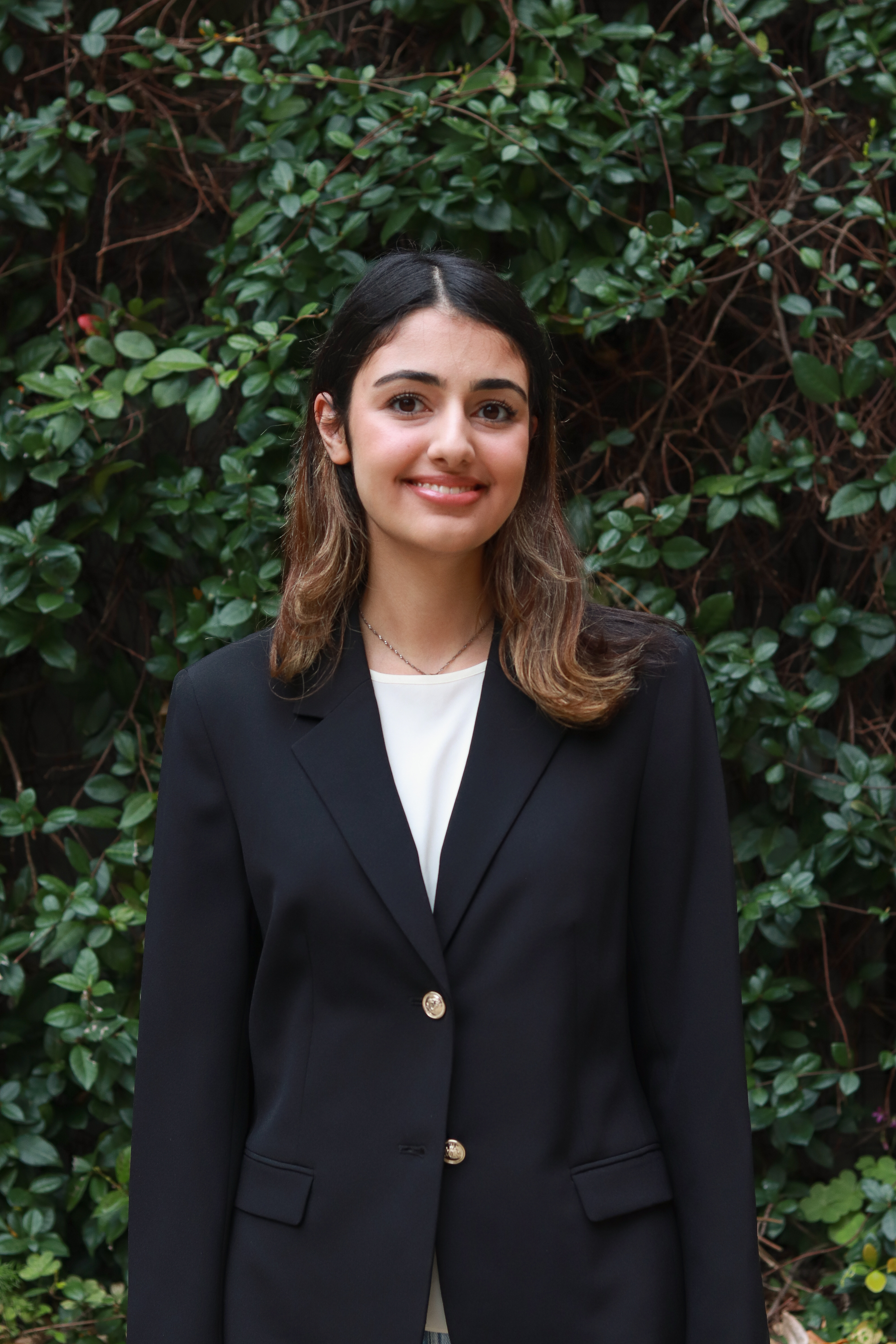
BIO
Hi, my name is Nikki Zahedi and Im from Boca Raton, Florida. During UROP, I worked on a project with Dr.Shoele, where we looked at a soft robotic fish and how reinforcement learning algorithms helped model and train the robot through various environments. After my undergrad, I plan on going to graduate school for either computer science or computational mathematics.
Soft Robotic Fish
Authors: Nikki Zahedi, Kourosh ShoeleStudent Major: Computer Science
Mentor: Kourosh Shoele
Mentor's Department: Mechanical Engineering Mentor's College: College of Engineering Co-Presenters:
Abstract
We want to understand and explore the effects of reinforcement learning algorithms on the movements and propulsions of a soft robotic fish. More specifically, in environments not suitable for rigid, segmented robots.
Soft robots are challenging due to the infinite degrees of freedom possible, and ML algorithms aim to train that in this study.
Research conditions causing different tail maneuvers, to better understand how RL adapts to complex soft-robot dynamics.
Our goal is to contribute to aquatic research and prosthetic models used for underwater exploration by improving soft-robot locomotion.
Aim to advance robot control with Deep Reinforcement Learning (DRL) agents for soft robots, as they have shown promise in walking swimming, etc. in simulations. Traditional robots implement ODEs, but PDEs are deemed more appropriate, and thus used to model the robots movements for soft robots.
Keywords: Soft robot fish reinforcement learning
25th annual Undergraduate Research Symposium, April 1, 2025
Taira Thermidor Poster Session 4: 3:00 pm - 4:00 pm/ Poster #202

BIO
I’m a second-year student majoring in Political Science with a minor in Criminology. Growing up in Immokalee, Florida, a small town with a rich mix of cultures, I developed a deep understanding of resilience and community solidarity. These values have inspired my academic journey and my desire to address systemic issues through law and policy. I’m passionate about using research to drive change, especially in underserved communities, and I aim to become an attorney who advocates for justice and equality. My studies focus on the complexities of law and criminal justice, and I’m dedicated to understanding how legal systems can better serve those who are often overlooked. Through my work, I hope to contribute to creating a fairer, more just society for all.
PRAYING WITH PEYOTE “The Religious Use of Psychedelics in the Context of State and Federal Laws”
Authors: Taira Thermidor, Mason MarksStudent Major: Political Science
Mentor: Mason Marks
Mentor's Department: College of Law (LAW) Mentor's College: College of Law Co-Presenters:
Abstract
Psychedelics, such as Peyote, are a powerful substance that indigenous communities have used for centuries as sacred sacraments of their spiritual and cultural practices. However, such traditions come to be confronted with legal obstacles in a way that threatens religious freedom and even cultural survival. Indigenous communities have been stuck in a undeserved position under the CSA classification of Peyote as a schedule 1 drug, essentially the criminalization of their sacred substances. Forcing Natives to navigate the legal system that mostly disregards their spiritual rights.
This research seeks to explore the intersection of Indigenous religious freedoms and federal drug policy, analyzing how legal battles such as those involving the Religious Freedom Restoration Act (RFRA) and the American Indian Religious Freedom Act (AIRFA) shape the ability of Indigenous communities to maintain their spiritual practices. By examining key court cases, advocacy efforts, and policy debates, this study sheds light on the ongoing struggle for religious autonomy and the resilience of Indigenous groups in preserving their sacred traditions.
Keywords: Peyote Psychedelics Religious Native Drug Laws
25th annual Undergraduate Research Symposium, April 1, 2025
Imanol Lopez Poster Session 1: 9:30 am - 10:30 am/ Poster #99

BIO
My name is Imanol Lopez, I am 20 years old and double majoring in Biology and Public Health at Florida State University. I have passionate interests in the research community specifically regarding regenerative medicine and epidemiology. I find it quite fascinating how microscopic living organisms influence our overall well-being and aspire to pursue such doctrines to attain a better comprehension that would ultimately allow us to better care for our communities in a more efficient manner. I hope to one day work at the Center for Disease Control and Prevention (CDC) conducting research beneficial to humanity in combating the everlasting presence of pestilence.
Cationic Partitioning Indicator Displacement Assay
Authors: Imanol Lopez, Dr. Steven LenhertStudent Major: Biology, Public Health
Mentor: Dr. Steven Lenhert
Mentor's Department: Department of Biological Sciences Mentor's College: College of Arts and Sciences Co-Presenters: Henry Amador
Abstract
Indicator Displacement Assays (IDAs) are a form of molecular detection used across multiple disciplines for their convenience and effectiveness. Cost efficient and easy to manipulate these sensors can detect small molecules such as pollutants and dyes. Recent research has resulted in the creation of an IDA using a two-phase system that results in the analyte partitioning into an organic oil droplet. To improve upon and alter the previous design, we chose to investigate the effects of droplets size on displacement rate, as well as its ability to detect cationic salts. A solution of oleic acid and methylene blue dye were printed on a slide and later flowed with varying salts. Absorbance data was collected using ImageJ to assess droplet selectivity through displacement/partitioning which determined copper and lead had a higher preference for oleic acid, displacing the blue dye. For the droplet size experiment, the same solution of oleic acid and methylene blue dye was utilized to print droplets of varying proportions onto a slide which was later flowed with an acidic solution. Droplet sizes were analyzed before and after the flow, and absorbance of data was collected similarly to the previous experiment. Analysis demonstrates smaller sized droplets improved the sensitivity of the droplet. Further sensor alteration could lead to specific detection of metallic ions based on droplet composition. If explored further, the implications for this system to be used as a replacement for current methods of water quality testing which remain expensive, insensitive, and not widely available.
Keywords: Biology, Chemistry, Indicator Displacement Assay
25th annual Undergraduate Research Symposium, April 1, 2025
Joseph Goyette Poster Session 1: 9:30 am - 10:30 am / Poster #169
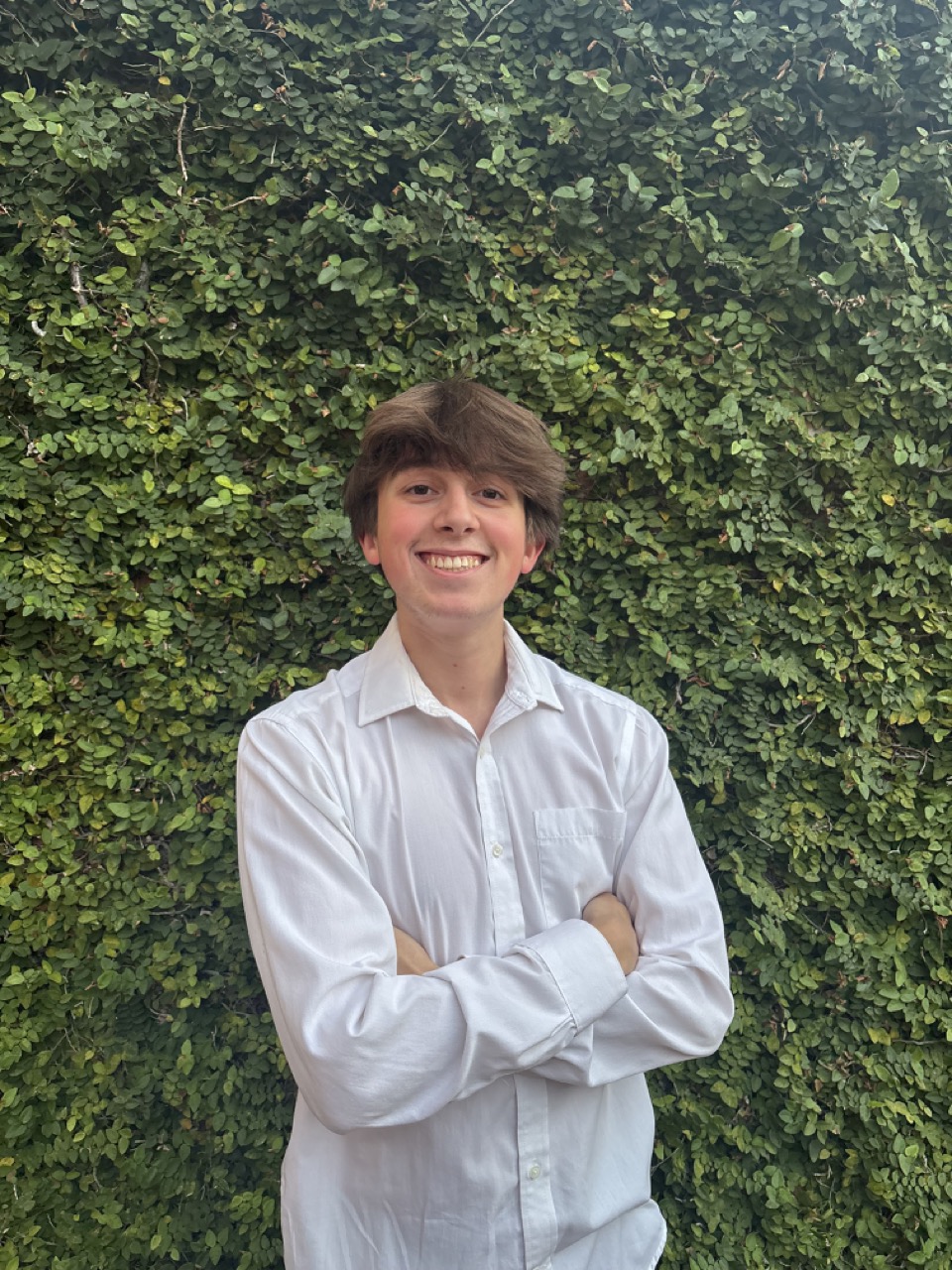
BIO
I'm from Salem, Massachusetts, and have a particular interest in plant biology and understanding plant function at the cellular level. I'd like to work at a Biotech company in Boston someday working with genetic engineering.
Rooted in Recognition: Investigating Plant Responses to Beneficial and Pathogenic Microbes
Authors: Joseph Goyette, Dr. David ThomsStudent Major: Biological Science
Mentor: Dr. David Thoms
Mentor's Department: Cell and Molecular Biology Mentor's College: Indiana University Co-Presenters: Kayla Spicer
Abstract
Understanding how plants differentiate between harmful and beneficial bacteria is essential for advancing agricultural sustainability and plant health. Gaining faster insights into these defense mechanisms enables early disease detection and timely intervention, ultimately improving crop resilience. Additionally, harnessing beneficial microbes can enhance plant stress tolerance and support sustainable farming practices. The primary research question guiding this study is: "How do plants distinguish between harmful and beneficial microbes?" We hypothesize that membrane-associated proteins play a crucial role in this differentiation, particularly in detecting bacterial pore-forming toxins. To test this hypothesis, we utilized a microplate method where Arabidopsis thaliana seedlings were planted into 96-well plates. The roots were exposed to bacterial co-cultures, and plant-bacterial interactions were monitored over seven days. Bacterial growth was quantified using fluorescence plate readings. Our findings indicate that differences in microbial load exist across genotypes, particularly in mutants deficient in immune signaling components. These results provide insights into how plants recognize microbial threats and could inform future strategies for enhancing crop resistance.
Keywords: Plant, Immune, Pathogen
25th annual Undergraduate Research Symposium, April 1, 2025
Megan Madhosingh Poster Session 4: 3:00 pm - 4:00 pm/ Poster #133
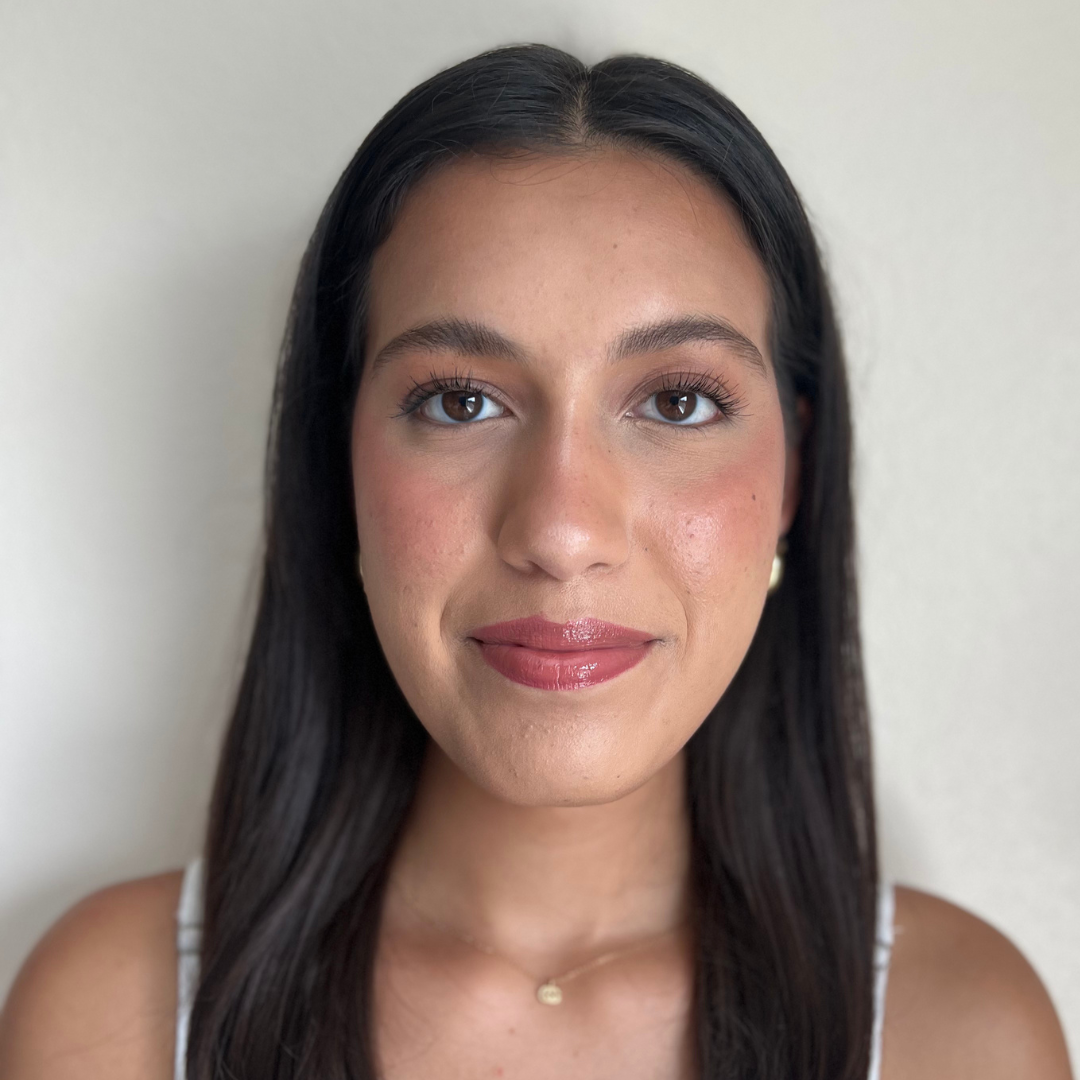
BIO
I was born in Mexico and moved to the United States at the age of 8, since then I have grown up in Miami.Now as a political science and women’s studies major, I aspire to become a prosecutor specializing in sex crimes, driven by my commitment to advocating for survivors of sexual assault and domestic violence. My research for this project focuses on the impact of inclusive language in social contexts, particularly in addressing gender-based systems. I believe language plays a critical role in shaping public perception, policy, and legal outcomes, and I aim to learn as much as I can about social equality so I can apply it to my future career. Through my work, I hope to challenge systemic biases, promote legal reforms, and contribute to a more inclusive and equitable justice system and social system.
The Progress of Spanish Inclusive Language in Latin America
Authors: Megan Madhosingh, Adriana Gordillo BarahonaStudent Major: Political Science and Women's Studies
Mentor: Adriana Gordillo Barahona
Mentor's Department: Department of Modern Languages and Linguistics Mentor's College: The College of Arts and Sciences Co-Presenters: Emily Hernandez
Abstract
The Spanish language is a gendered language, which is a language in which words are assigned a specific gender, either male or female. What gender is assigned to each word is often a reflection of Hispanic culture. . The project explores Spanish inclusive language, specifically the use of -e and -x morphemes as neutral categories within the Hispanic Population. Using inclusive language is important because it challenges traditional gender norms embedded in the language, fostering greater equality and representation for all genders. Gendered languages are built on the assumption that there are only two genders, excluding non cis individuals. Gendered terms also perpetuate the oppression of women as terms that are typically gendered as female hold negative connotations. For this project, 10 individuals were interviewed in each Argentina and Colombia and asked survey questions on their knowledge of Spanish inclusive language. These interviews were then transcribed and evaluated. The anticipated result is that the use of inclusive language is increasing in both countries, demonstrating a growing awareness of and commitment to fostering inclusivity despite varying levels of adoption and understanding. It is expected that Colombian individuals are more likely to use gender-inclusive language and display high levels of familiarity with the subject compared to Argentinina, due to cultural differences between the countries. This shows that although slow, there is progressive change being made in Hispanic countries when it comes to inclusive language and gender neutral terms, leaving hope that inclusive language could become the default.
Keywords: inclusive language, gender, spanish, diversity
25th annual Undergraduate Research Symposium, April 1, 2025
Dayjah Cesar Poster Session 3: 1:45 pm - 2:45 pm/ Poster #55

BIO
Greetings! My name is Dayjah Cesar a second year junior here at the Florida State University. I am honored to be a part of the undergraduate research opportunity program. I have a love for healthcare and health care administration, and I can not wait to see where the future takes me..
PORTRAYAL OF WOMEN IN FEMALE- DIRECTED BOLLYWOOD FILMS
Authors: Dayjah Cesar, Rebecca PetersStudent Major: Public Health
Mentor: Rebecca Peters
Mentor's Department: Religion Mentor's College: Religion Co-Presenters:
Abstract
Films both reflect and shape cultural perceptions, making their portrayal of female characters a lens through
which Indian society and the Bollywood industry’s evolution can be examined.
• With relatively few female directors in Bollywood, their approach to storytelling may differ, particularly in how
women are represented on screen. This study investigates whether films directed by women depict female
characters differently by analyzing their presence, portrayal, and interactions within these narratives.
•Additionally, our surveys provide anecdotal evidence supporting this shift. For instance, in Lapatta Ladies, one
of the central characters, Jaya, breaks away from the typical female roles. Instead of being confined to societal
expectations, she is portrayed as a woman gaining an education and surpassing the boundaries set by her
community.
•Figures 1 and 2 highlight a key trend: in films directed by women, a substantial percentage (32% and 22.35%) of
women characters experience personal satisfaction. Furthermore, Figure 3 reveals that these films are more
likely to depict women forming personal relationships with other women (36%). These findings confirm the
hypothesis that Bollywood movies directed by women tend to break free from rigid societal gender roles, offering
a more liberated and empowering portrayal of women.
• To generate measurable data, the study utilizes a method called “coding,” which involves systematically
documenting key aspects of each speaking female character in selected films. This includes details such as
demographics, attire, gendered behavior, and interactions with other women.
Keywords: Bollywood , film, gender roles
25th annual Undergraduate Research Symposium, April 1, 2025
Sasha Lopez Poster Session 3: 1:45 pm - 2:45 pm/ Poster #240

BIO
My name is Sasha Lopez, I am a freshman from Santa Rosa Beach, Florida and am planning on double majoring in International Affairs and Business. My goals are to attend law school and practice law as a career. I enjoy doing research and have various interests, including political sciences, public policies, health, and more.
Health Management: How the Environment and Energy Could Affect Health Outcomes and Hospital Financial Sustainability
Authors: Sasha Lopez, Hyunji Christine KimStudent Major: International Affairs
Mentor: Hyunji Christine Kim
Mentor's Department: Askew School of Public Administration and Policy Mentor's College: Florida State University Co-Presenters:
Abstract
Health outcomes and financial sustainability of hospitals have shown to be areas in need of research, more specifically regarding how the intersection of health management, energy usage, and environmental policy influence such outcomes. The research conducted investigates the relationship between health outcomes and environmental conditions with a focus on hospitals that are funded by Medicare. The purpose of the research is to create a comprehensive understanding of how environmental conditions and energy management practices within the hospitals impact the quality of patient care and the economic standing of hospitals. To conduct the research, organizational theory was used, along with data collection. Qualitative data was gathered through the collection of literature on significant topics that were compiled into literature reviews. Quantitative data was collected in the form of data reports on insurance policies. Our research has made plenty of progress and we are still currently collecting and analyzing the data to establish future concrete results. However, with a focus on the environment and health management, our results will contribute to a collection of literature that is consistently growing and will highlight the importance of sustainable practices in healthcare. The purpose of our findings will be to give advice to policymakers and administrators of healthcare that will help create financially successful healthcare institutions that also promote improved health outcomes for their patients while facing environmental challenges.
Keywords: Health Management, Environment, Hospital Financials
25th annual Undergraduate Research Symposium, April 1, 2025
Andronika Christian Poster Session 3: 1:45 pm - 2:45 pm/ Poster #96
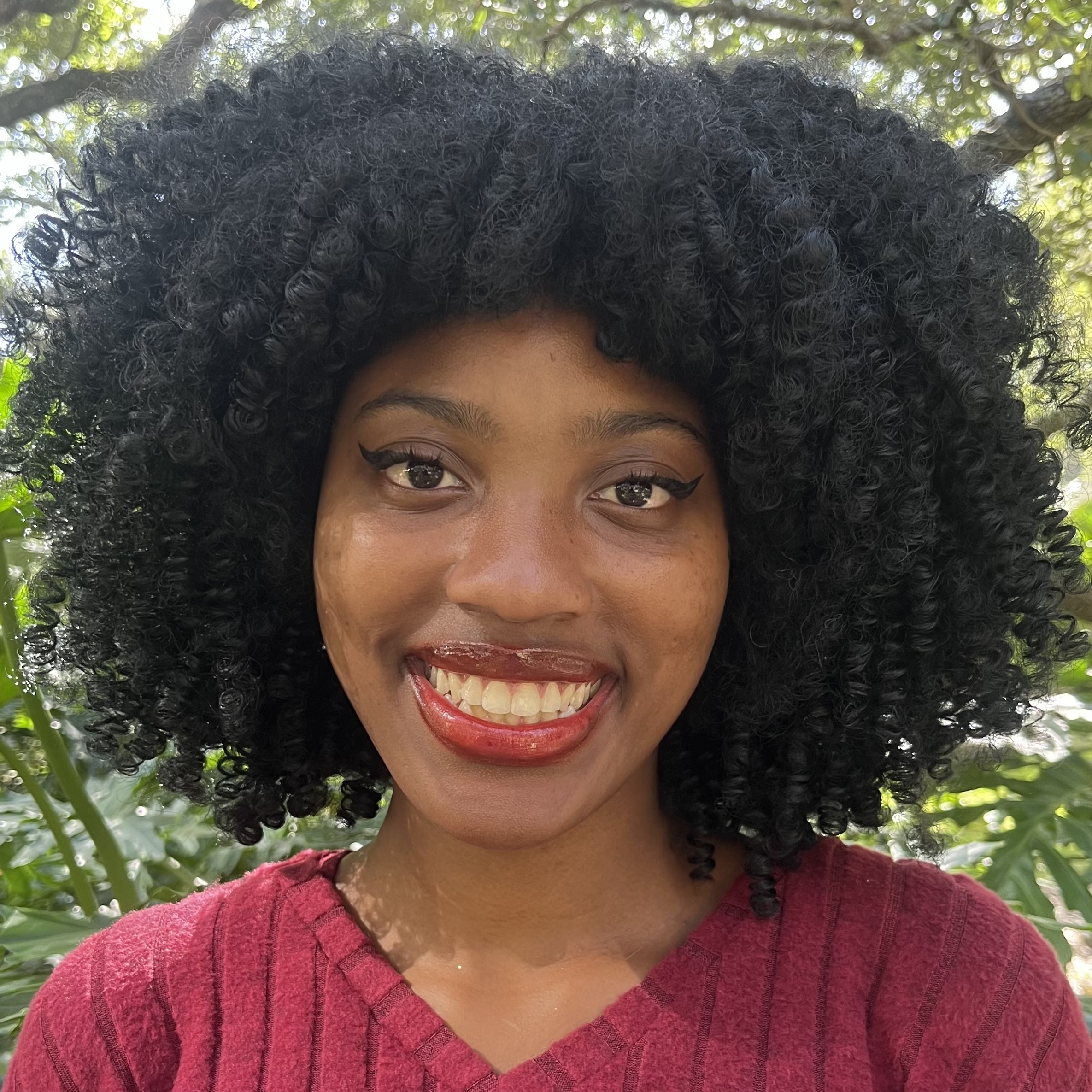
BIO
I’m Andronika Christian, a sophomore at Florida State University, pursuing bachelor’s degrees in Psychology and Crime Scene Investigation. I’m originally from [Your Hometown], and I have a strong interest in understanding human behavior and the justice system. Currently, I’m working as a researcher on the RPO Research project, where I analyze and collect data from over 15,000 court cases, which has helped me develop skills in data coding and legal analysis. I also serve as an instructional faculty member overseeing CARE’s Engage 100 courses and hold leadership roles as VP of the Afro-Latinx Association and a member of Garnet and Gold Key.
My career goal is to become a forensic psychologist, combining my passion for criminal justice and psychology to help understand and analyze behavior within the legal system. Outside of academics, I’m the President of Kindness Matters at FSU, where I lead outreach efforts and mentorship programs for local schools.
A Mixed-Methods Evaluation of the Impacts and Implementation of Florida’s Risk Protection Order (RPO) Law
Authors: Andronika Christian, Dr. Emma FridelStudent Major: Psychology & Crime Scene Investigation
Mentor: Dr. Emma Fridel
Mentor's Department: College of Criminology and Criminal Justice Mentor's College: Florida State University Co-Presenters:
Abstract
The goal of this project is to explore the efficacy and implementation of Risk Protection Orders (RPOs) in Florida.
RPOs were introduced in the Florida Legislature in 2018 and since their inception very few studies have been conducted on them. It is important that we investigate the implementation of RPOs on a larger scale to determine whether they are an efficient mechanism to reduce gun violence. The three stages to this analysis are: collecting the data from over 15,000 RPO cases from Florida to create a database, running four levels of quantitative analysis to evaluate the effect of RPOs on reducing gun violence and using mixed methods to explore the differences in RPO implementation across jurisdictions.
Although the project is in its first stages, it promises to strengthen and broaden the knowledge on RPOs and their relation to gun violence exponentially. The database created will be the largest and most representative sample of RPOs and will allow for the most comprehensive evaluation of a state's RPO laws. The findings generated by the analyses will reveal important trends of the implementation and efficiency of RPOs in preventing gun violence, an ongoing issue that has affected millions of lives. Researching the efficacy of the legislation that is created to reduce gun violence will allow future legislators to create new and better solutions.
Keywords: Legal Research, RPO, court cases
25th annual Undergraduate Research Symposium, April 1, 2025
Victoria De Jorio-Koegler Poster Session 3: 1:45 pm - 2:45 pm/ Poster #253

BIO
My name is Victoria De Jorio-Koegler, and I am from Jacksonville, Florida. I study English and Theatre at Florida State University and have a passion for literature, performance, and cultural analysis. Beyond academics, I enjoy reading, tennis, soccer, dance, and engaging in community service. My current research explores the portrayal of pity in literature over a 250-year span, from early 12th-century troubadour poetry by Guillaume de Poitiers to Geoffrey Chaucer's Troilus and Criseyde in the late 14th century. My study examines how pity—a disposition of mercy that can describe both a person and a state—plays a crucial role in shaping gender dynamics. Her agency in leaving him behind suggests a shift in literary portrayals of women, granting them greater power over their own destinies. This research highlights how the evolving connotations of words like pity reflect broader changes in gender relations and underscores the need to reconsider the role of pity in both historical and contemporary contexts. In the future, I plan to pursue a career in international affairs law, using my background in literature, media, and culture to analyze and navigate global legal and diplomatic challenges.
Troilus and Criseyde & Troubadour Poetry
Authors: Victoria De Jorio-Koegler, Laura BiagiStudent Major: English (Literature, Media, and Culture) and Theatre
Mentor: Laura Biagi
Mentor's Department: English Department Mentor's College: Florida State University Co-Presenters:
Abstract
The different ways that authors portray pity over a roughly 250-year period, spanning early troubadour poetry by Guillaume de Poitiers at the beginning of the 12th century to Geoffrey Chaucer's Troilus and Criseyde in the late 14th century, demonstrates changing gender relations over time. Pity, a disposition of mercy that can describe a person or state, plays a huge role in the perception of the lady in troubadour poetry and Criseyde in Troilus and Criseyde. Troilus, off the bat, pities Criseyde for being an outcast as a widow due to her traitorous father that defected to the Greeks; she is dressed in black, alone, and perceived as a damsel in distress. The reader, meanwhile, pities Troilus for being so stricken by her beauty that he is lovesick for her. This is similar to the pity readers feel for the speakers in Guillaume de Poitiers’s troubadour poetry, lovesick for the ladies in these poems. The most notable pity is demonstrated by Criseyde, transgressing gender roles and Troilus's power over her as both a man and knight, as she pities him for loving her and lusting for her so deeply. Criseyde's greater pity gives her the power to act and improve the situation for herself and shows how over the 250-year span, women started to be portrayed with more power and agency. The results of my studies suggest that pity needs to be reevaluated in terms of its importance regarding the past and the future.
Keywords: Pity, Troubadours, Troilus and Criseyde, Poetry, Gender
25th annual Undergraduate Research Symposium, April 1, 2025
Diogo Silva Barbeito Vogel Poster Session 4: 3:00 pm - 4:00 pm/ Poster #36

BIO
My name is Diogo Silva Barbeito Vogel. I am an undegraduate student at Florida State University, double majoring in Economics and Real Estate. I am originally from Itaipava, Rio de Janeiro, Brazil, and I am passionate about understanding the complexities of economic systems, financial markets, and public policy. My research interests include political economy, rent seeking, and the implications of concentrated benefits and diffused costs in government policy.
Beyond academics, I will serve as an Orientation Leaders and currently work at FSU Campus Rec. These demonstrate my leadership and a commitment to community engagement. I am also deeply passionate in photography and fitness.
With aspirations of a career in economic policy, consulting or investment strategy I aim to leverage my education and research in order to influence financial and governmental decision making.
Morphological Complexity of FL ELA Texts
Authors: Diogo Silva Barbeito Vogel, Audrey HendrixStudent Major: Economics and Real Estate
Mentor: Audrey Hendrix
Mentor's Department: Communication Science and Disorders Mentor's College: College of Communication Science and Disorders Co-Presenters: Hannah Huff
Abstract
Intro: Morphemes are the smallest meaningful units of language (Carlisle, 2003). A word is morphologically complex when it includes more than one morpheme, often in the form of affixes (prefixes or suffixes) added to root or base words. Academic language is morphologically complex (Nagy & Anderson, 1984). A student’s ability to read morphologically complex language is correlated with their understanding of morphology, which can be improved through explicit instruction (Goodwin et al, 2010). While recent studies have investigated the morphological content of British children’s books (e.g., Dawson et al., 2023), American educators lack current, detailed information on the morphology of American English Language Arts (ELA) text. Our research question is as follows: What percentage of words in a corpus, or collection, of ELA texts have one or more affixes when compared against a morphological database?
Method: We will analyze public-domain English Language Arts texts recommended in Florida’s educational standards. The texts will be compiled into a corpus from which individual words will be compared against the MorphoLex (Sanchez-Gutiérrez et al., 2017) database to determine their morphological complexity. Words found in both our corpus and MorphoLex will be compared by the number of affixes they contain.
Results: We expect to find that between 45-55% of words in our corpus will have one or more affixes, making them morphologically complex.
Conclusion: This study may shed light on the complexity of American ELA texts. The instructional implication of such data may significantly improve students' learning experiences.
Keywords: Morphology, ELA, Complexity
25th annual Undergraduate Research Symposium, April 1, 2025
Cecilia Villarreal Poster Session 4: 3:00 pm - 4:00 pm/ Poster #190
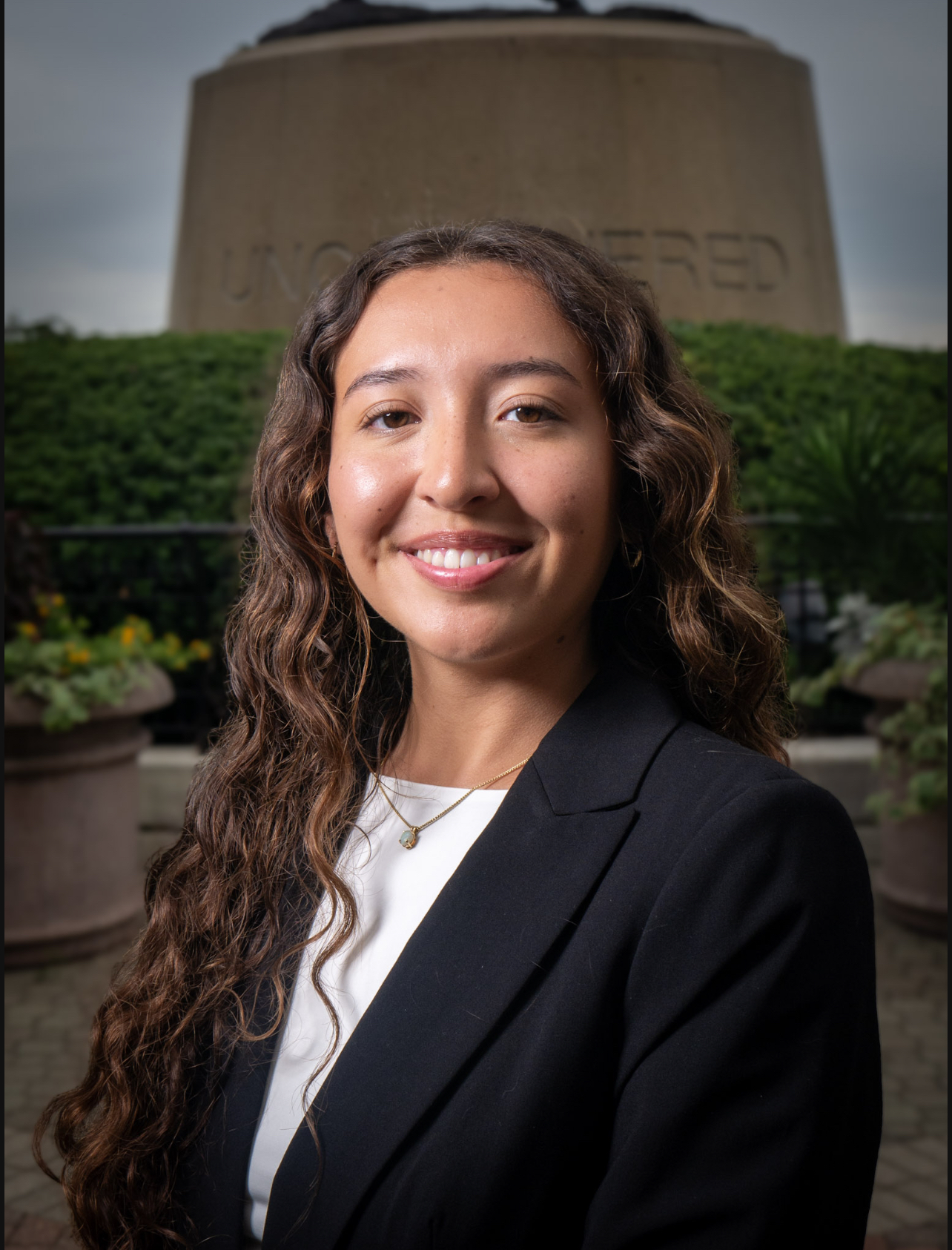
BIO
Cecilia Villarreal is an undergraduate student majoring in Economics at Florida State University. Originally from Fort Myers, Florida, she has a strong interest in behavioral economics, markets, and investment analysis. She has completed two research projects with the College of Social Science and Public Policy, focusing on labor provisions in the informal economy and monetary incentives in behavioral economics. Beyond research, Cecilia is interested in the intersection of economics and finance, particularly how market incentives drive decision-making. She plans to apply her analytical skills from her research and studies to economic forecasting, market analysis, and financial strategy development.
Outside of academics, Cecilia is involved in organizations that promote political discourse, civic engagement, and community outreach. She enjoys discussing policy issues, analyzing economic and political perspectives, and fostering productive dialogue on complex topics. Through these experiences, she hones her ability to debate and critically evaluate diverse viewpoints, deepening her understanding of how economic policies shape society. Her work in voter education initiatives and community outreach reinforces her commitment to bridging the gap between economic theory and real world policymaking, preparing her to apply her knowledge across both the public and private sectors.
The Carrot or the Stick? How Variation in Free Trade Agreements Affect the Size of the Informal Economy
Authors: Cecilia Villarreal, Christopher GahaganStudent Major: Economics
Mentor: Christopher Gahagan
Mentor's Department: Political Science Mentor's College: College of Social Science and Public Policy Co-Presenters: Olivia Olsen
Abstract
The worldwide informal economy consists of over two billion individuals and often includes the most dangerous and low paying jobs, which leads to many detrimental outcomes for both countries and individuals. Unfortunately, we know little about how international agreements shape informal employment. Conventional economic theories suggest that informal employment in developing countries should decrease due to trade liberalization and increased foreign economic investment. However, empirical research has found mixed results, with some finding liberalization increases informality and others finding liberalization decreases informal work . To address this inconsistency, we develop a theory that considers variation within trade agreements, including the presence of labor provisions and the robustness of enforcement mechanisms. We argue that trade agreements with strong enforcement mechanisms coerce countries to improve labor rights, which in turn decreases the informal economy. We test our theory through the use of matching within a difference-in-differences design with staggered treatment timing on a sample of countries from 1990-2018. Additionally, we investigate several case studies of individual trade agreements utilizing synthetic control analyses to show the effect these agreements have on informal employment for particular trading partners. Our preliminary results shows that labor provisions in trade agreements play a meaningful role in reducing the size of the informal economy. Furthermore, we expect to find that this effect is driven by agreements with strong enforcement mechanisms compared to agreements with weak enforcement mechanisms. This work expands our knowledge on the causes and consequences of informal work while highlighting a pathway to sustainable growth.
Keywords: informal economy, free trade agreements, labor provisions, enforcement mechanisms


